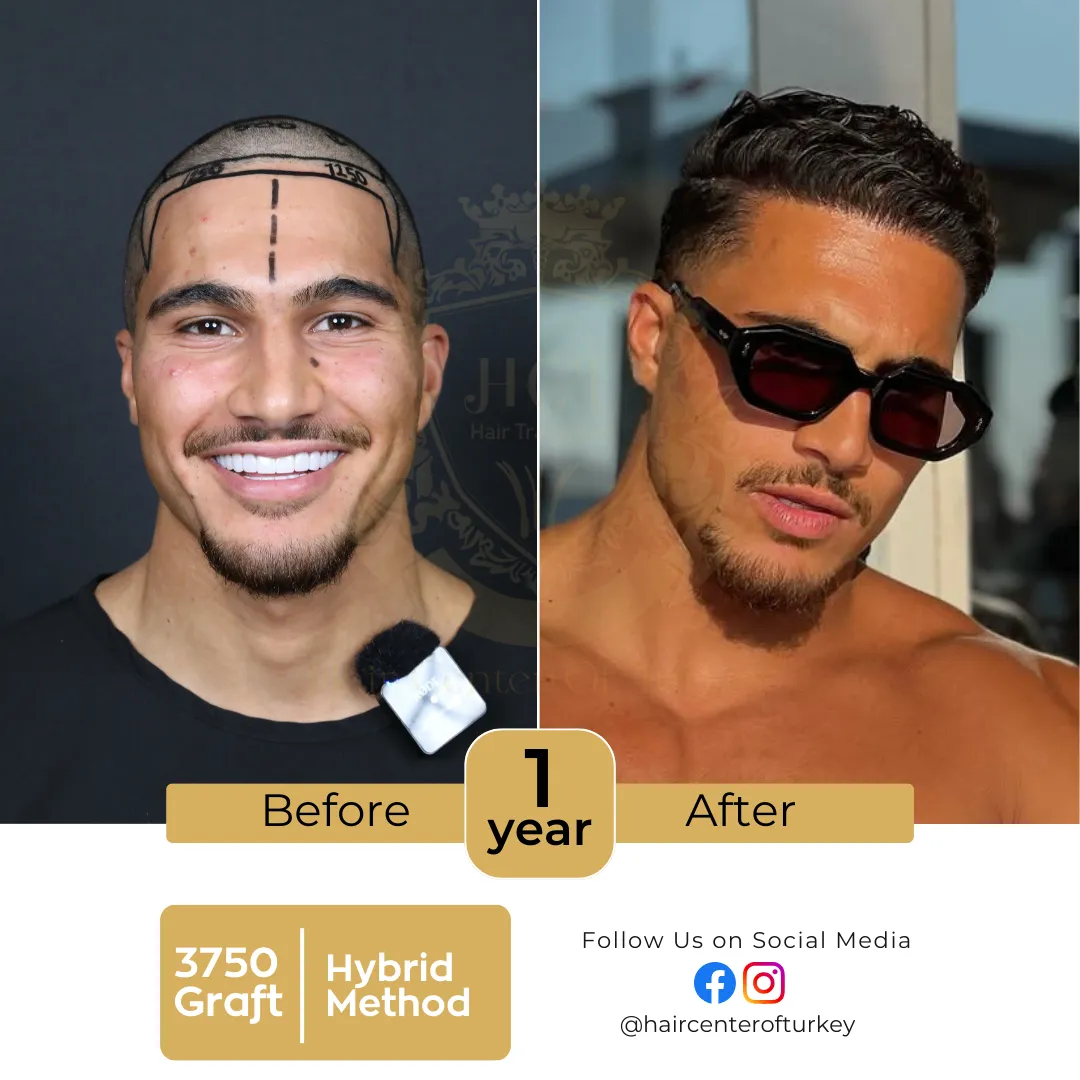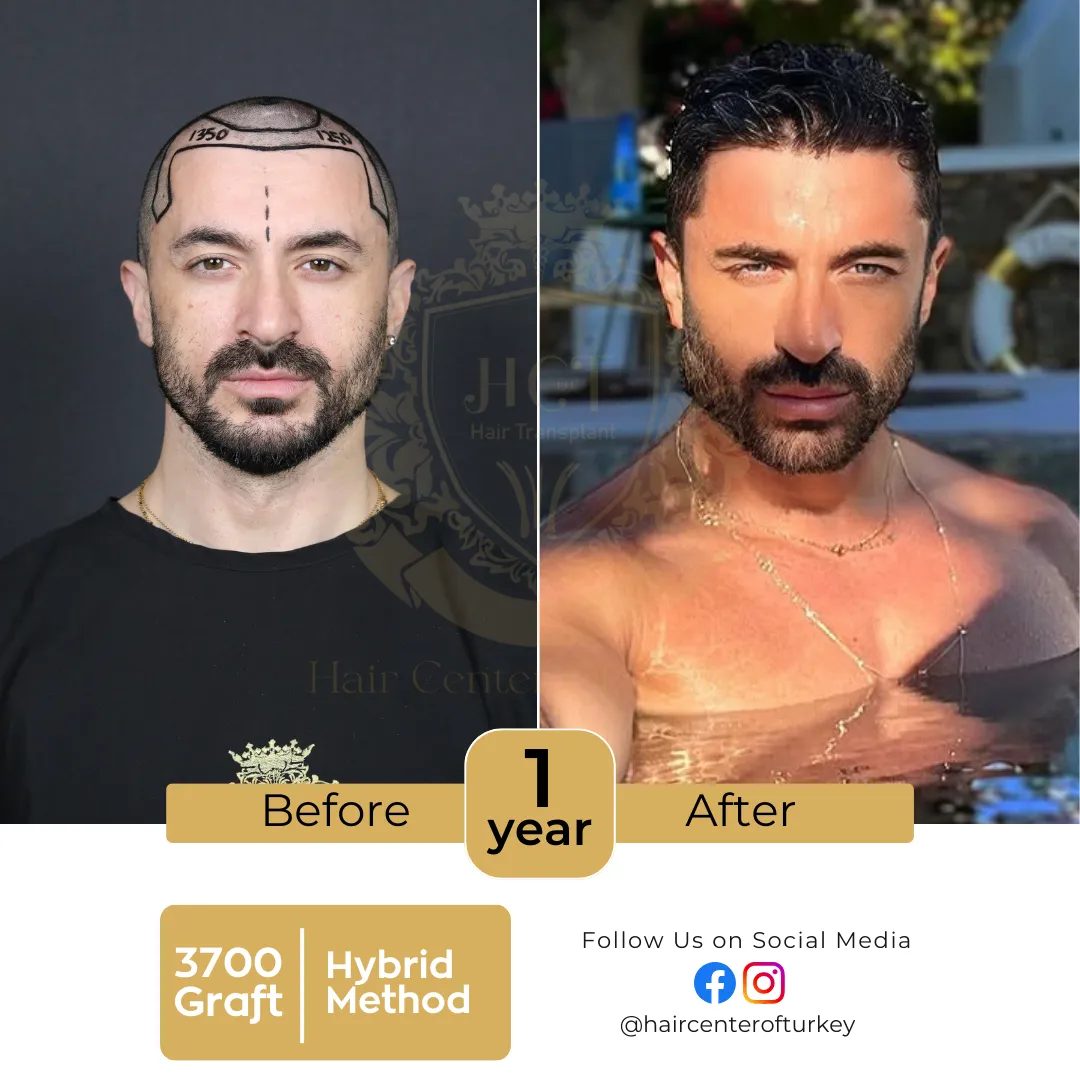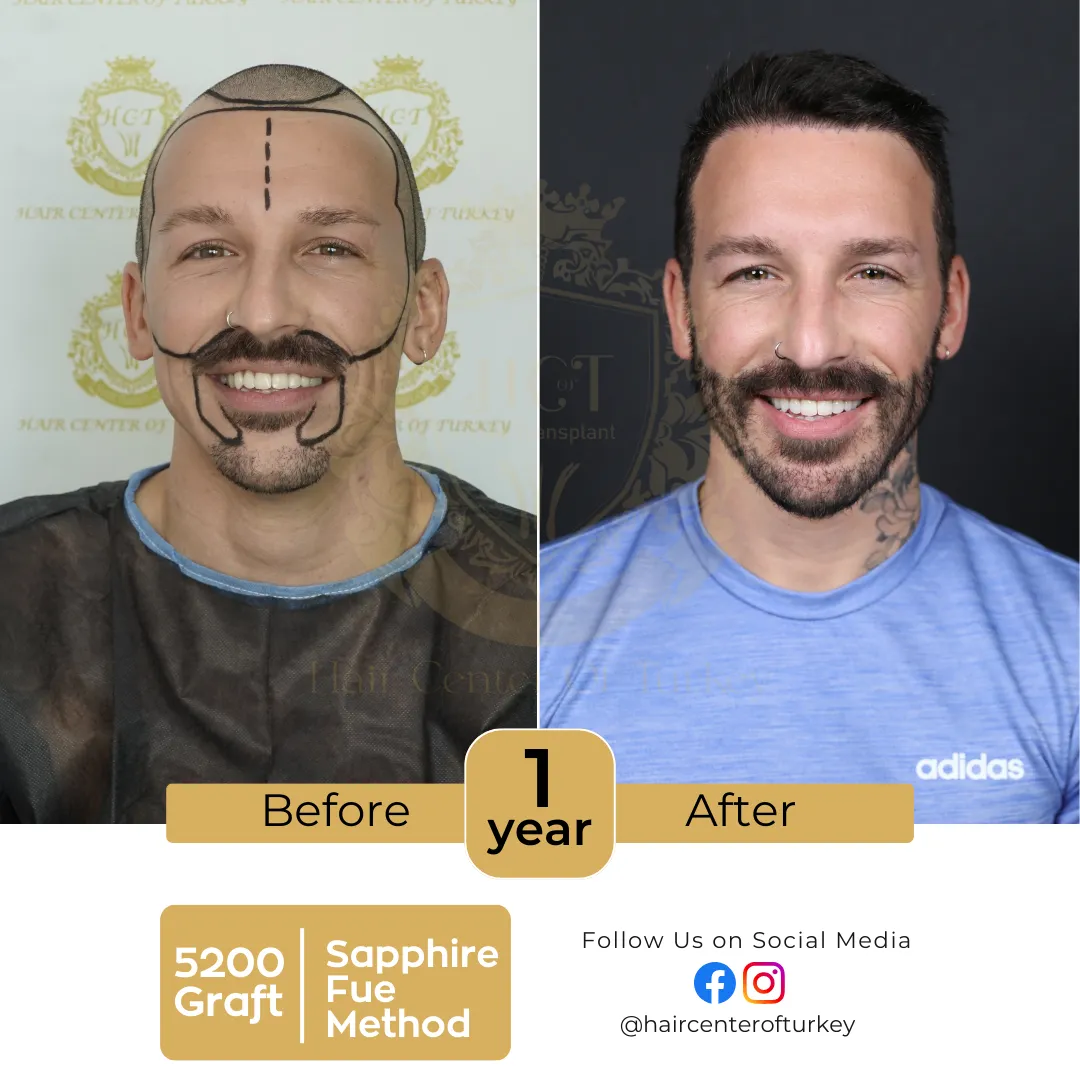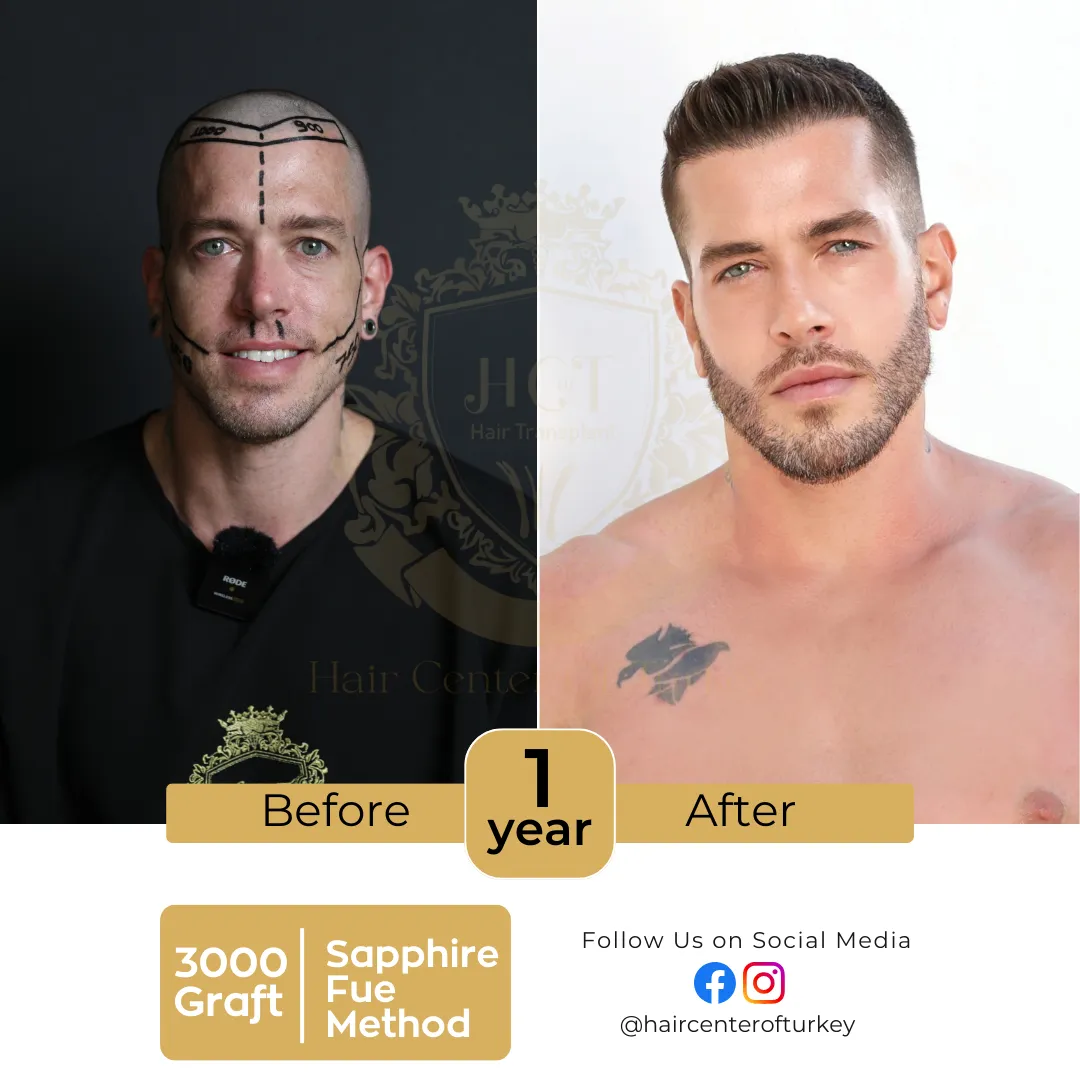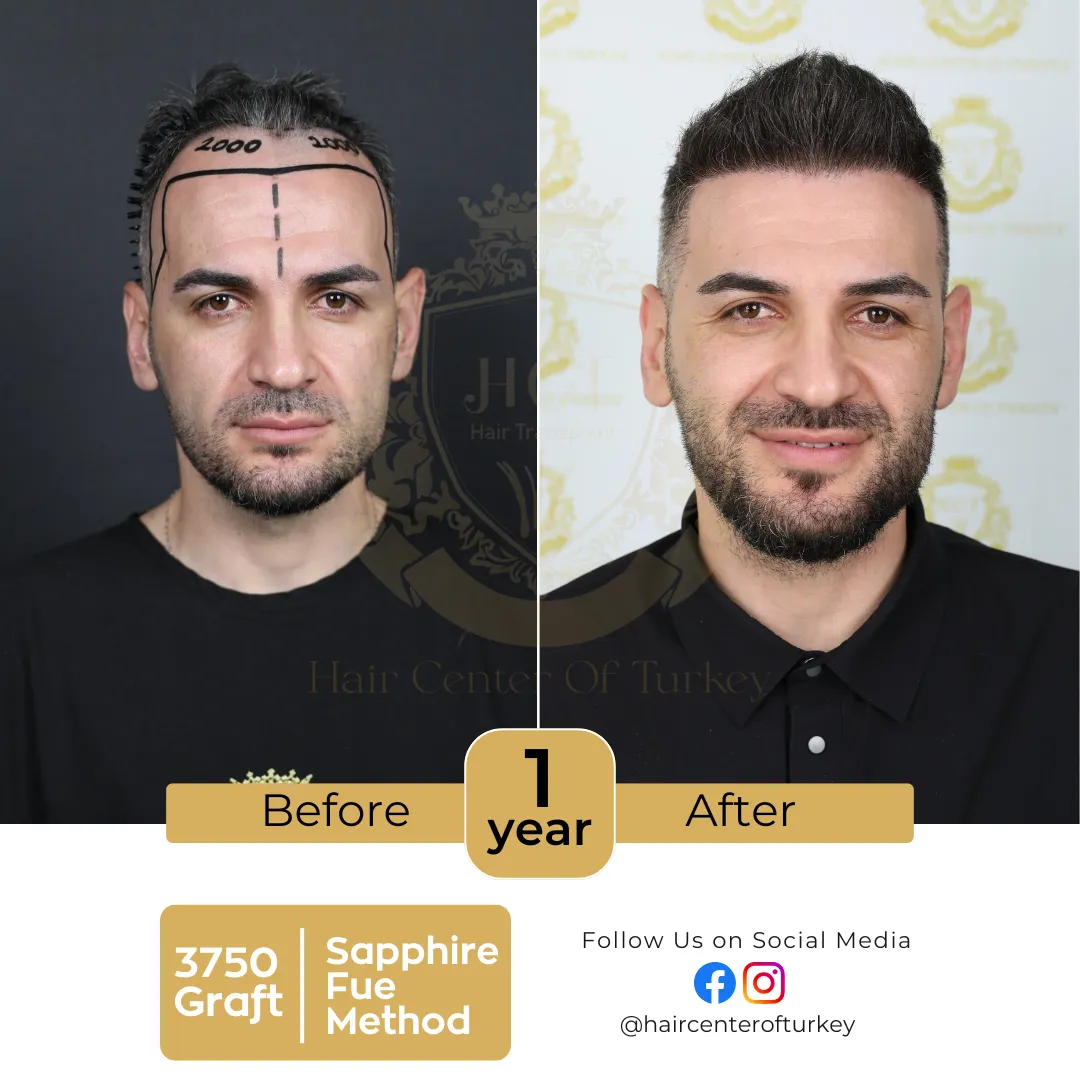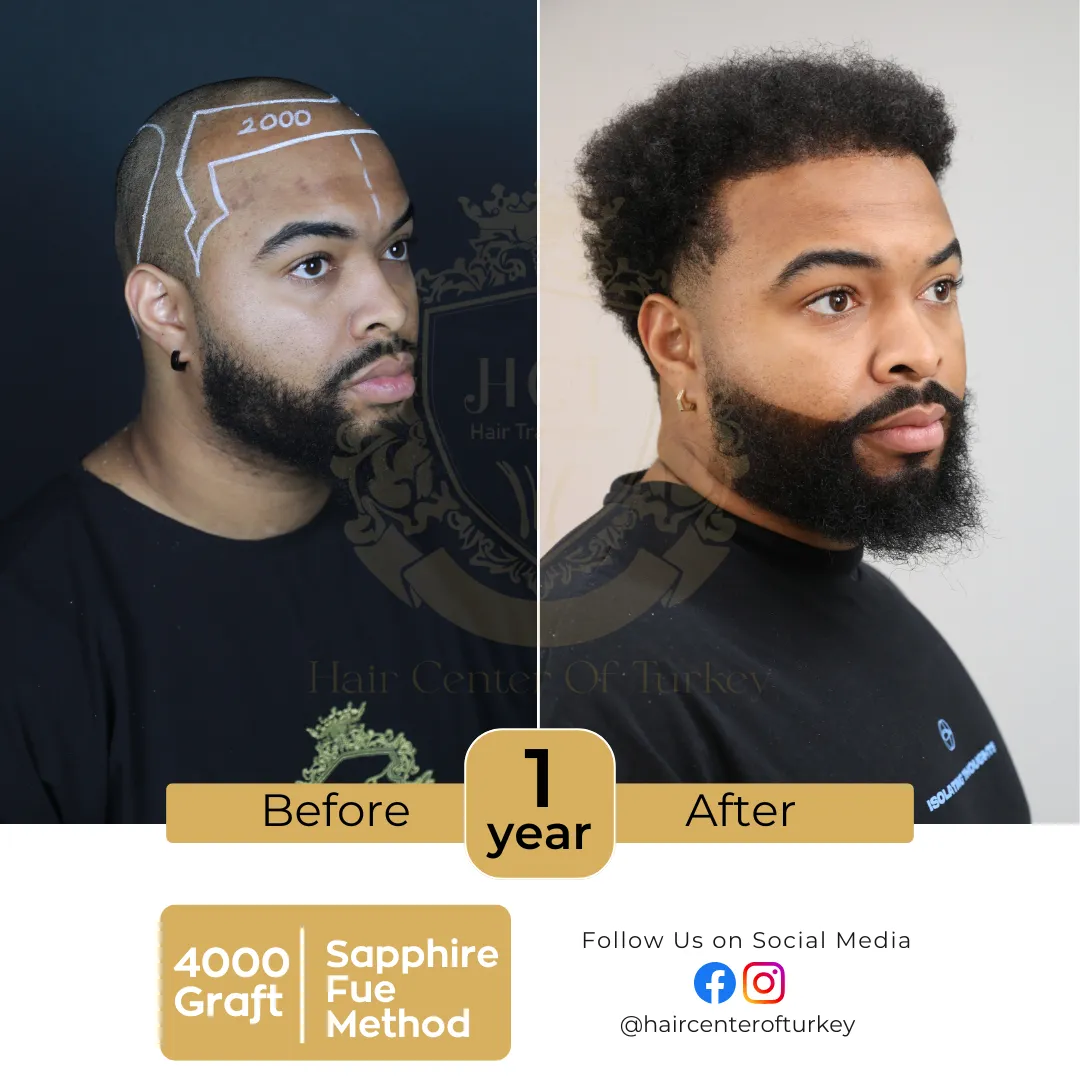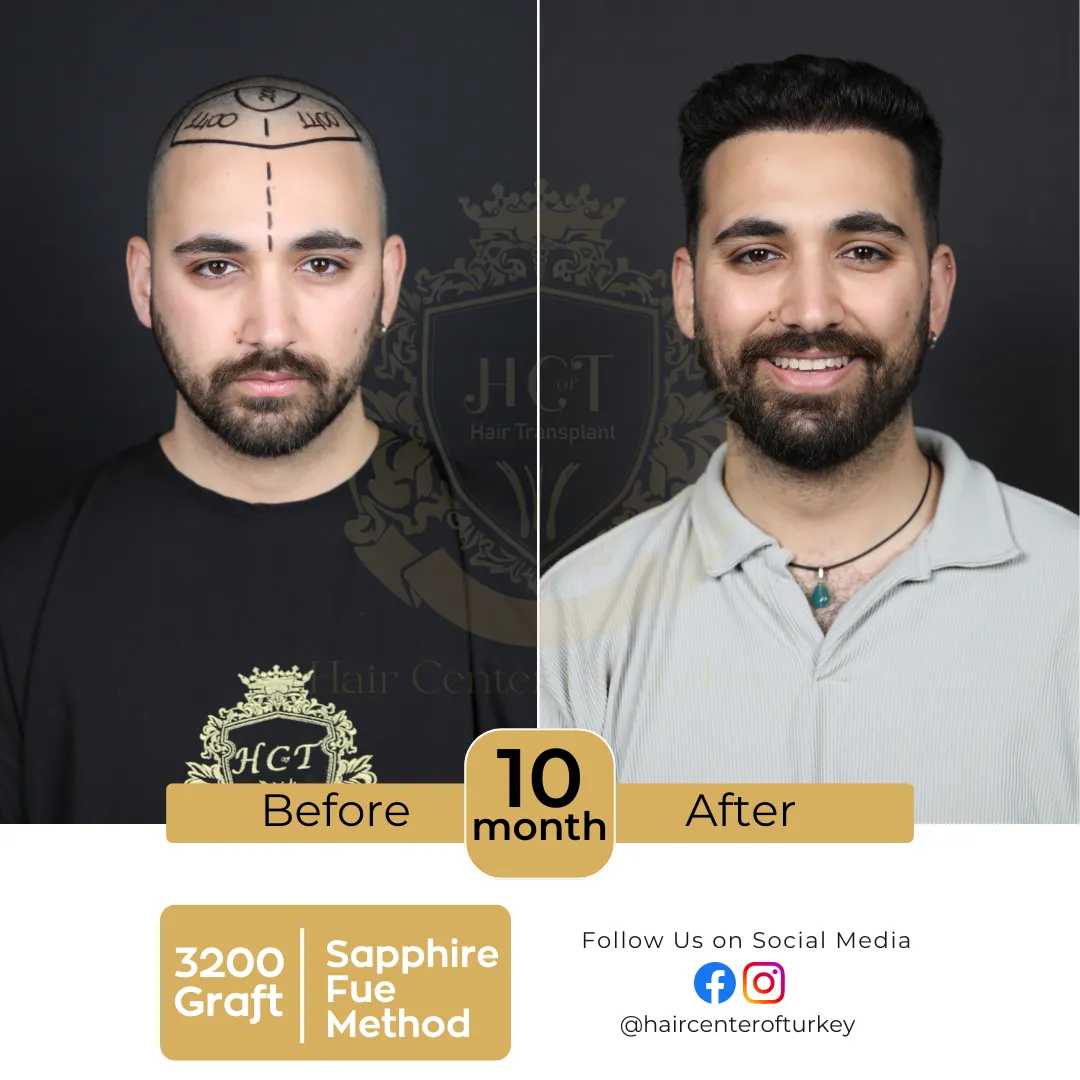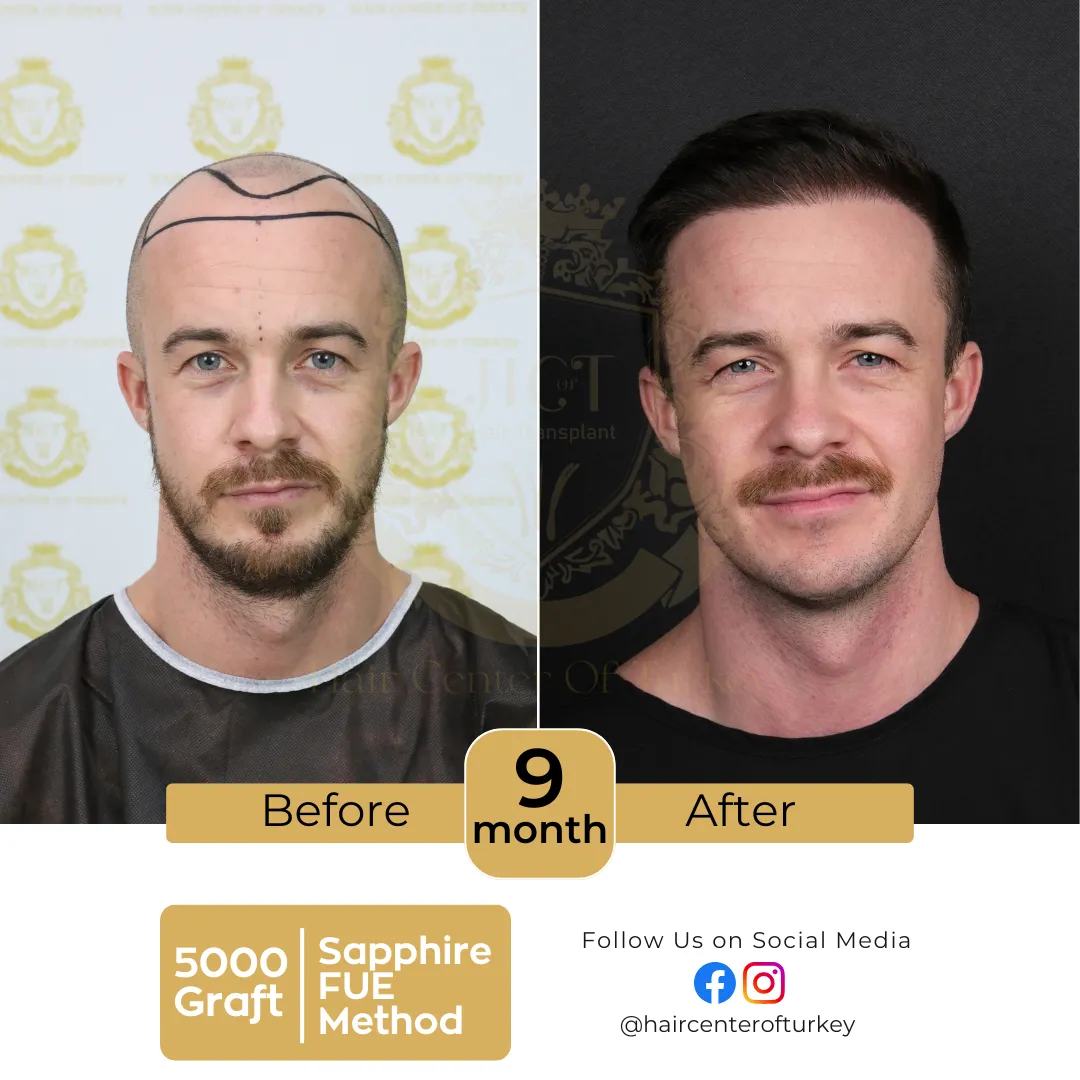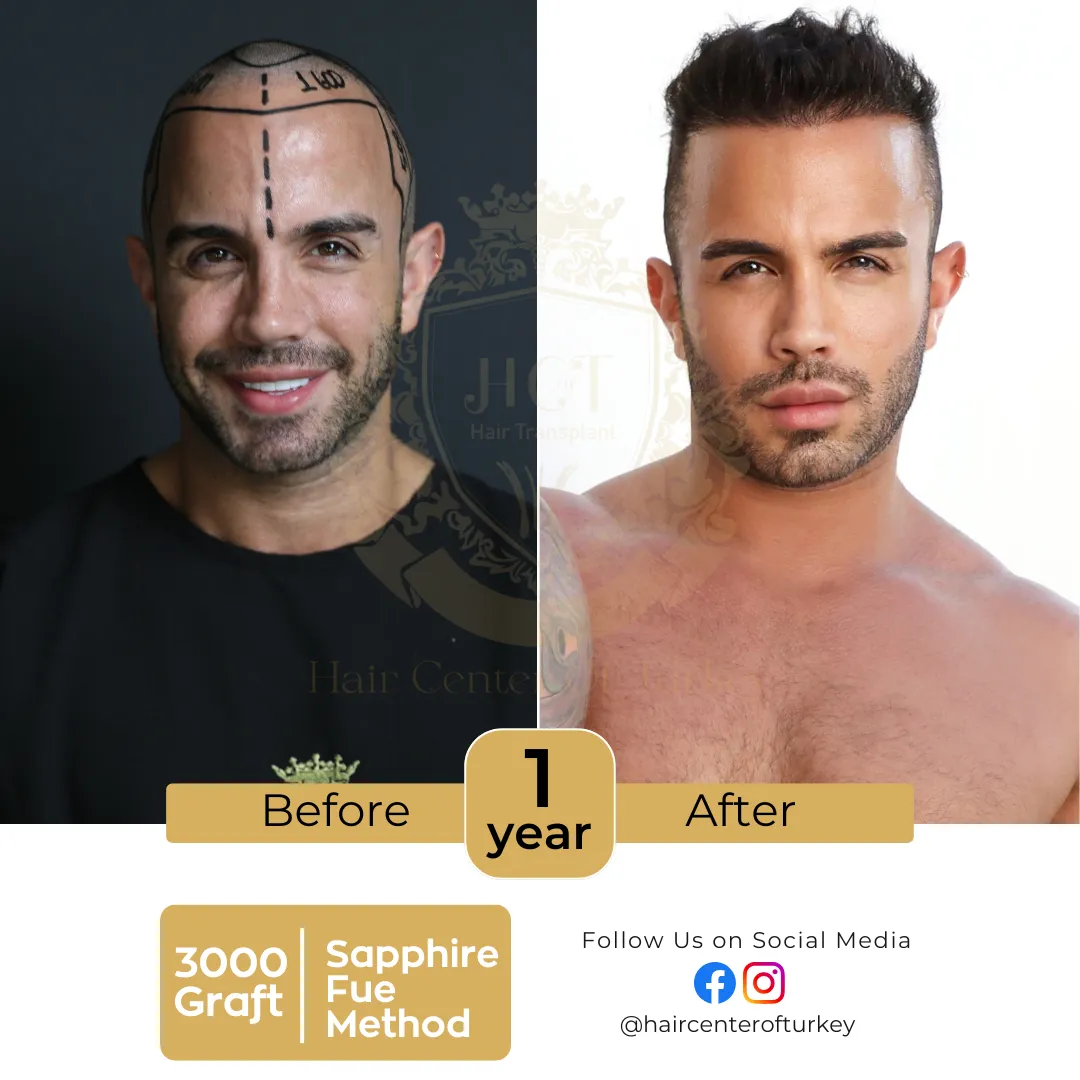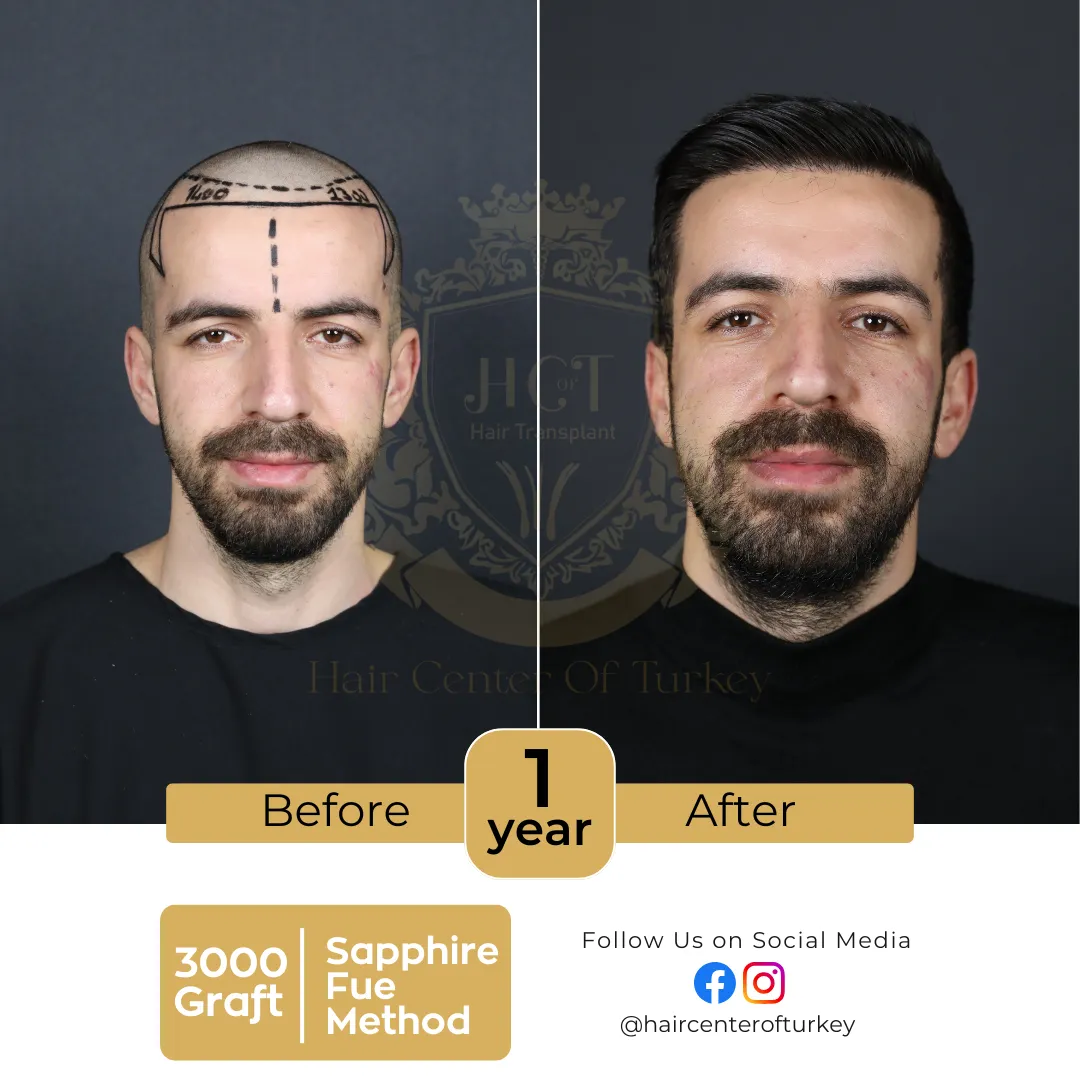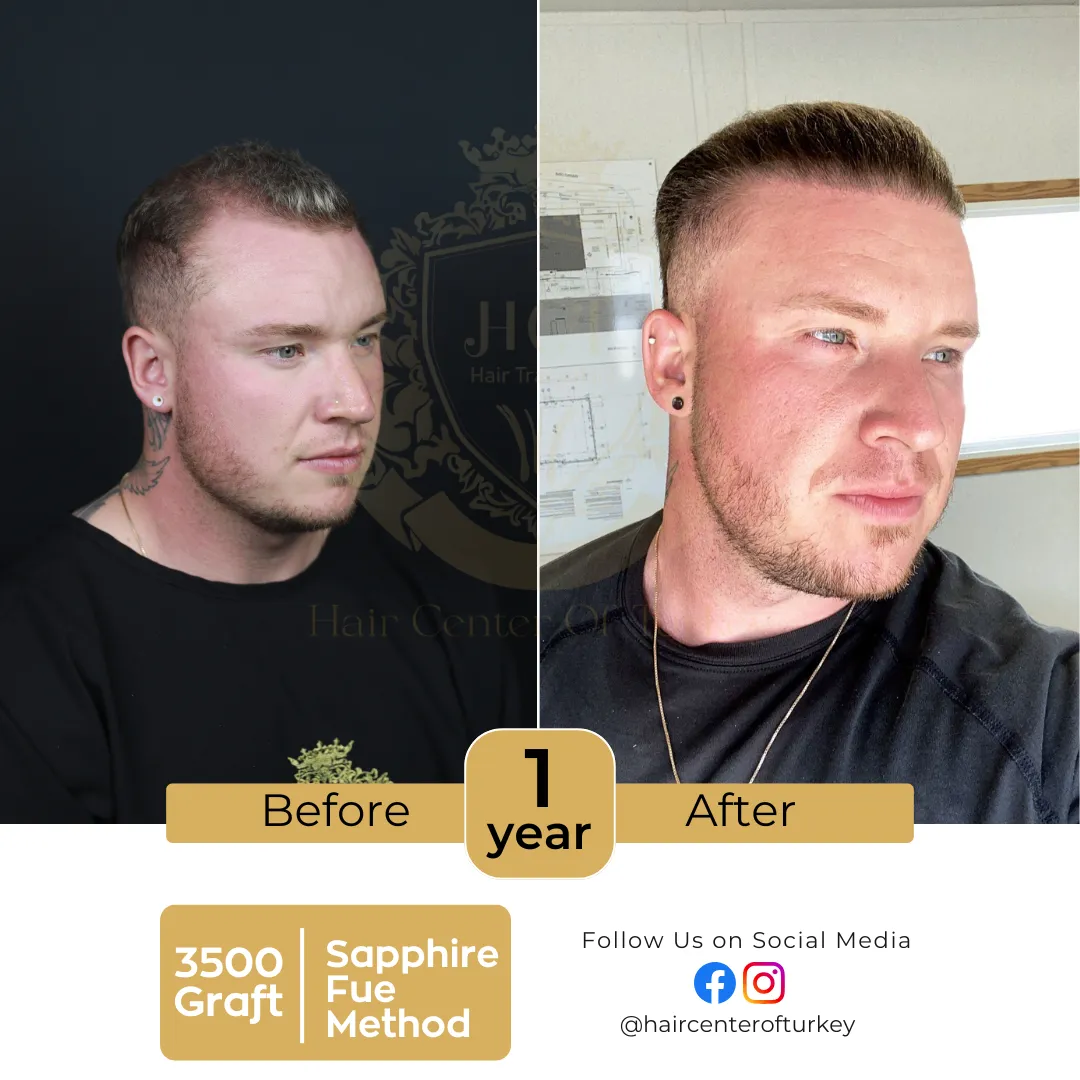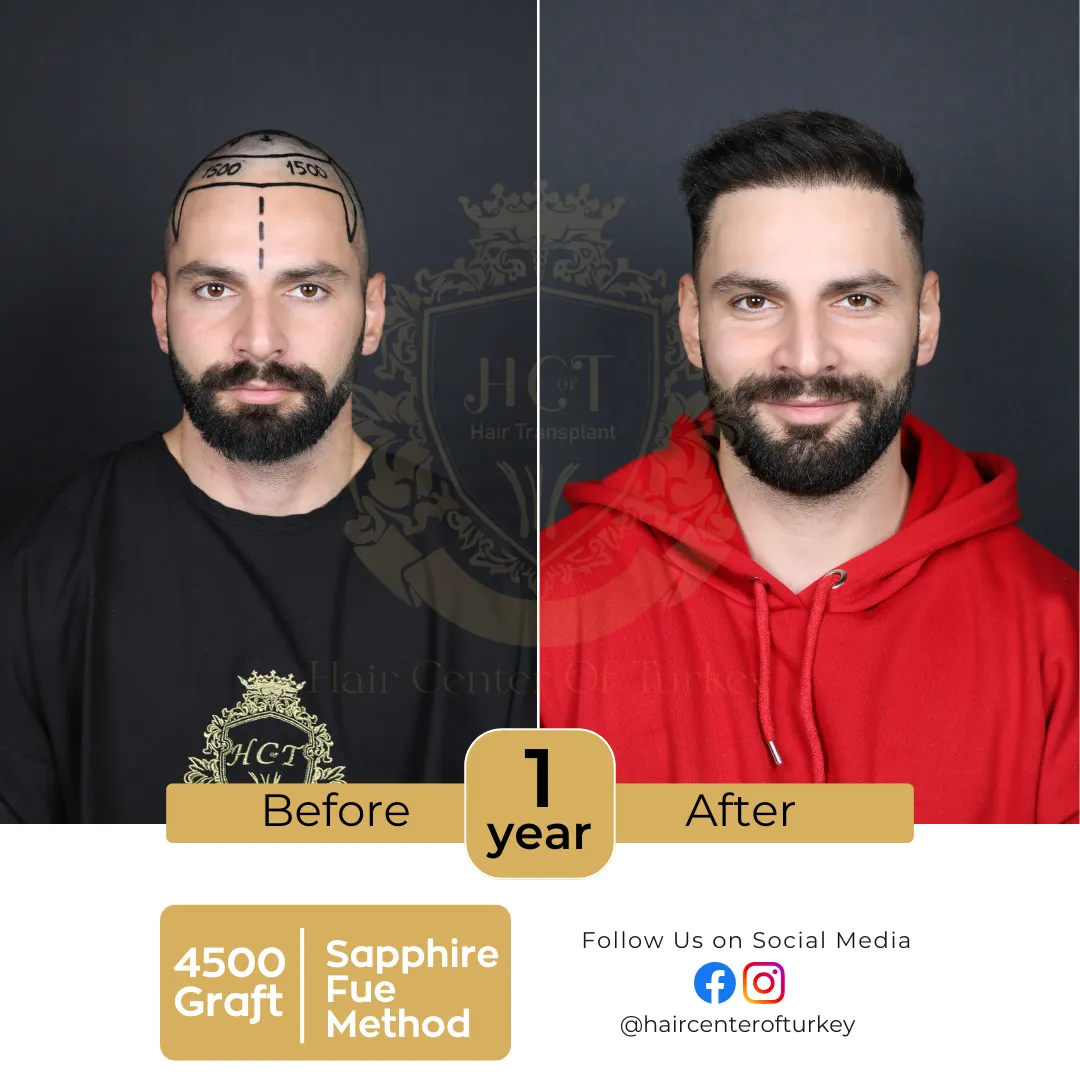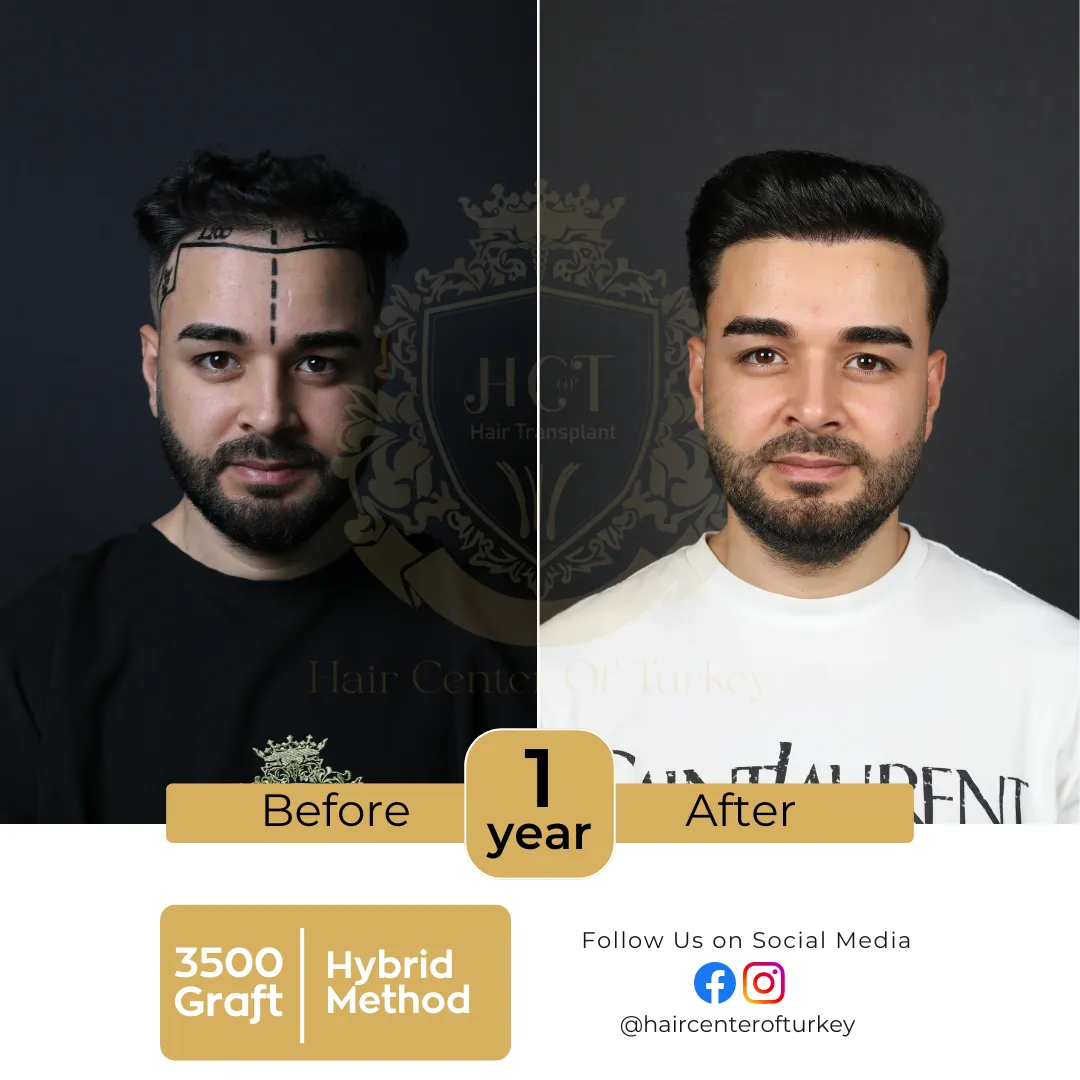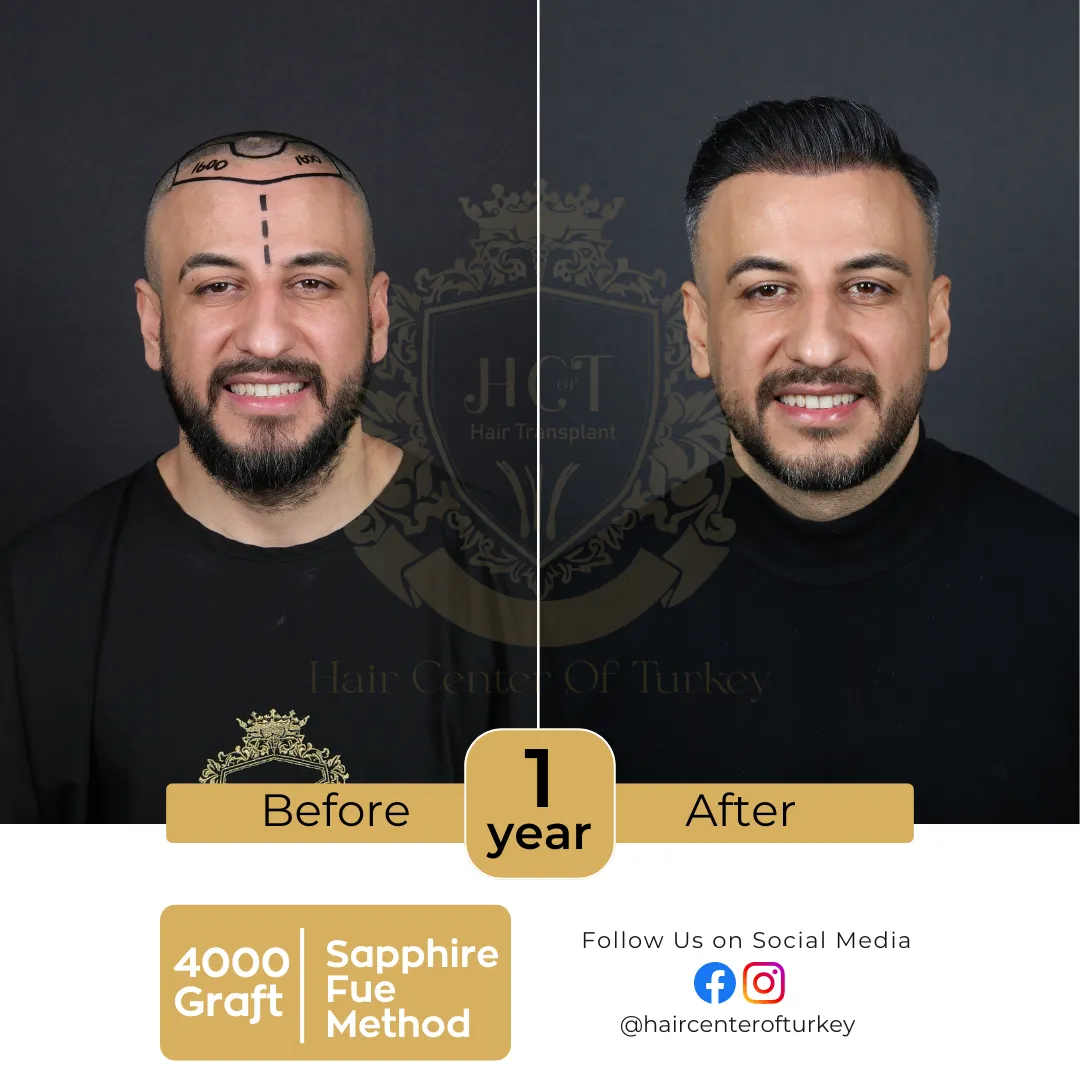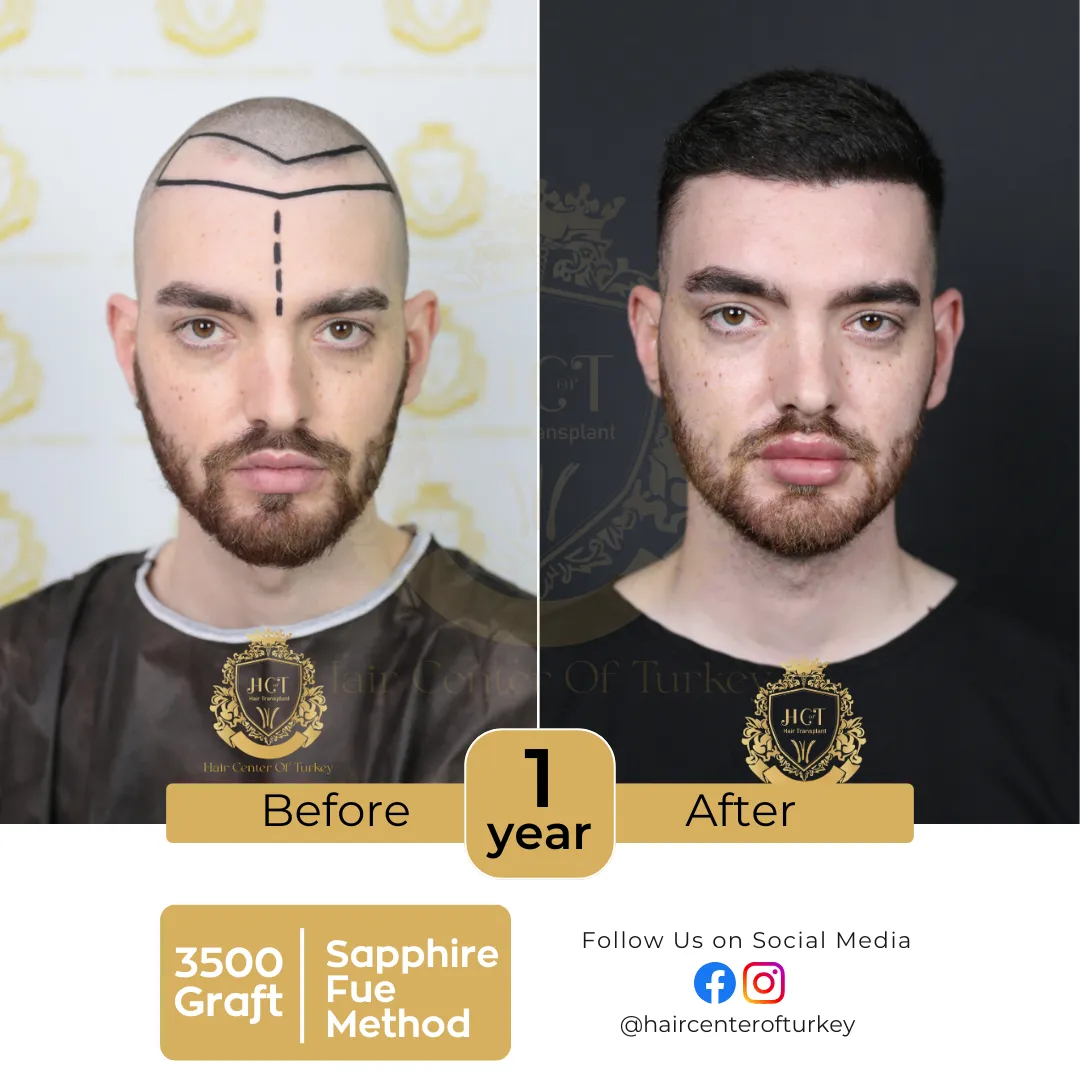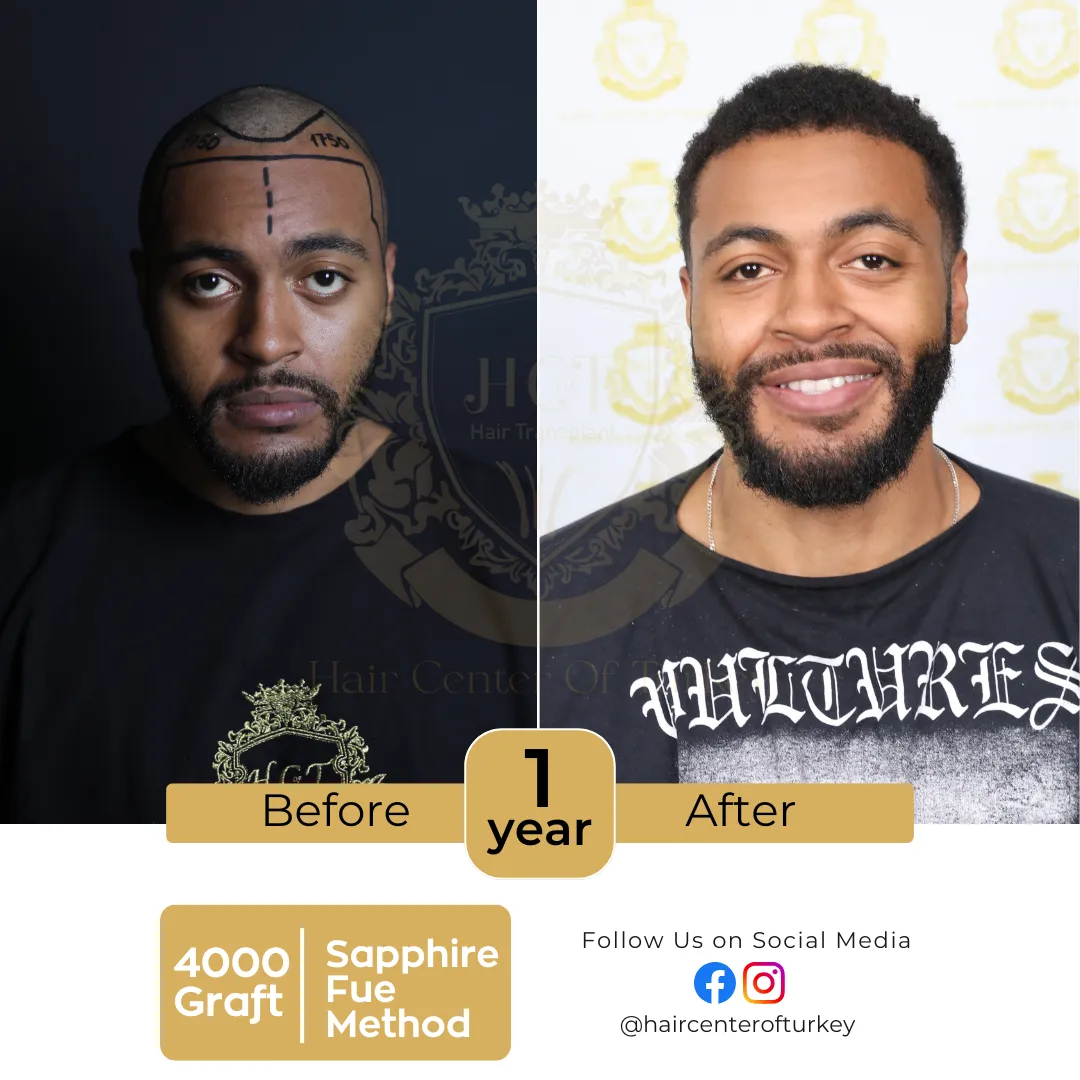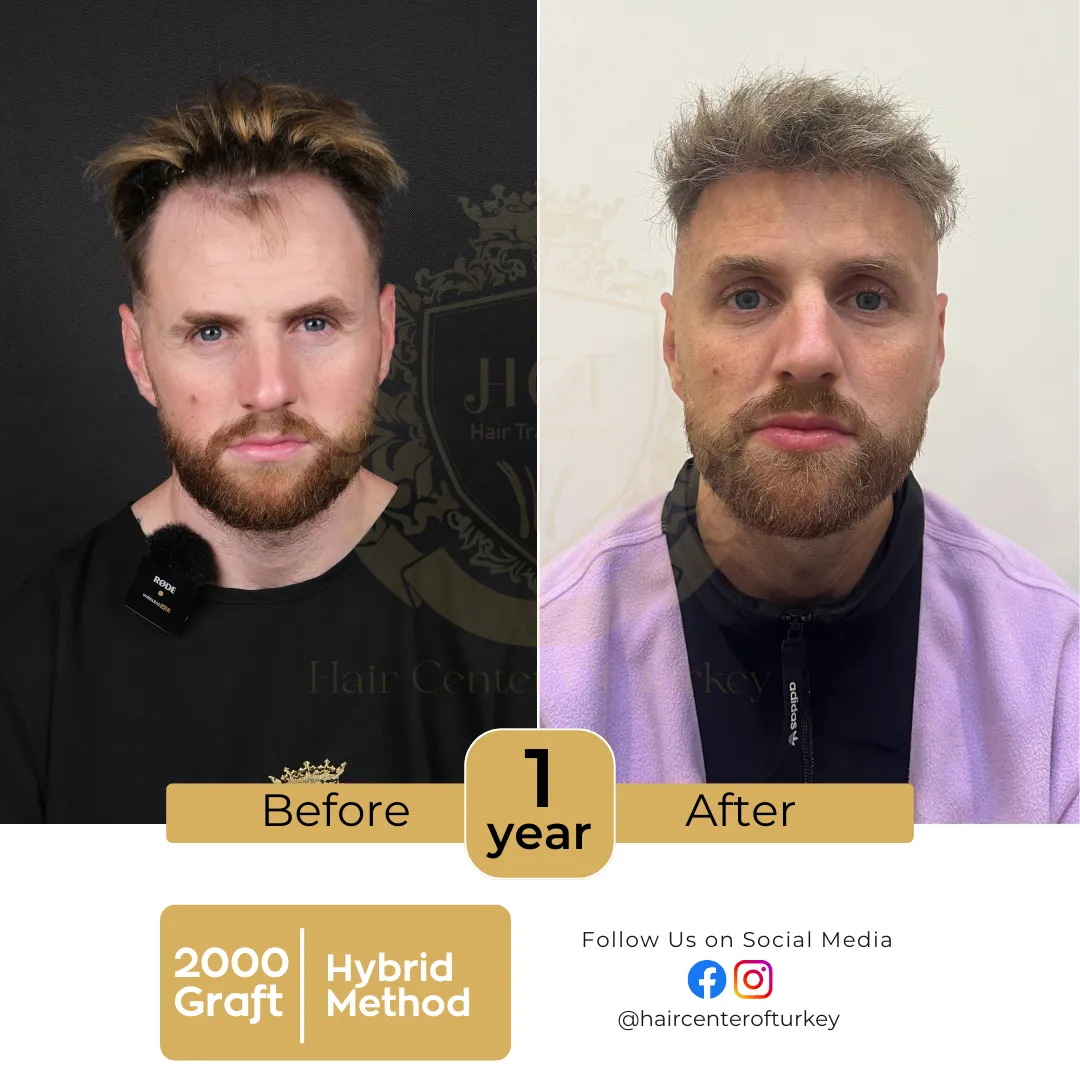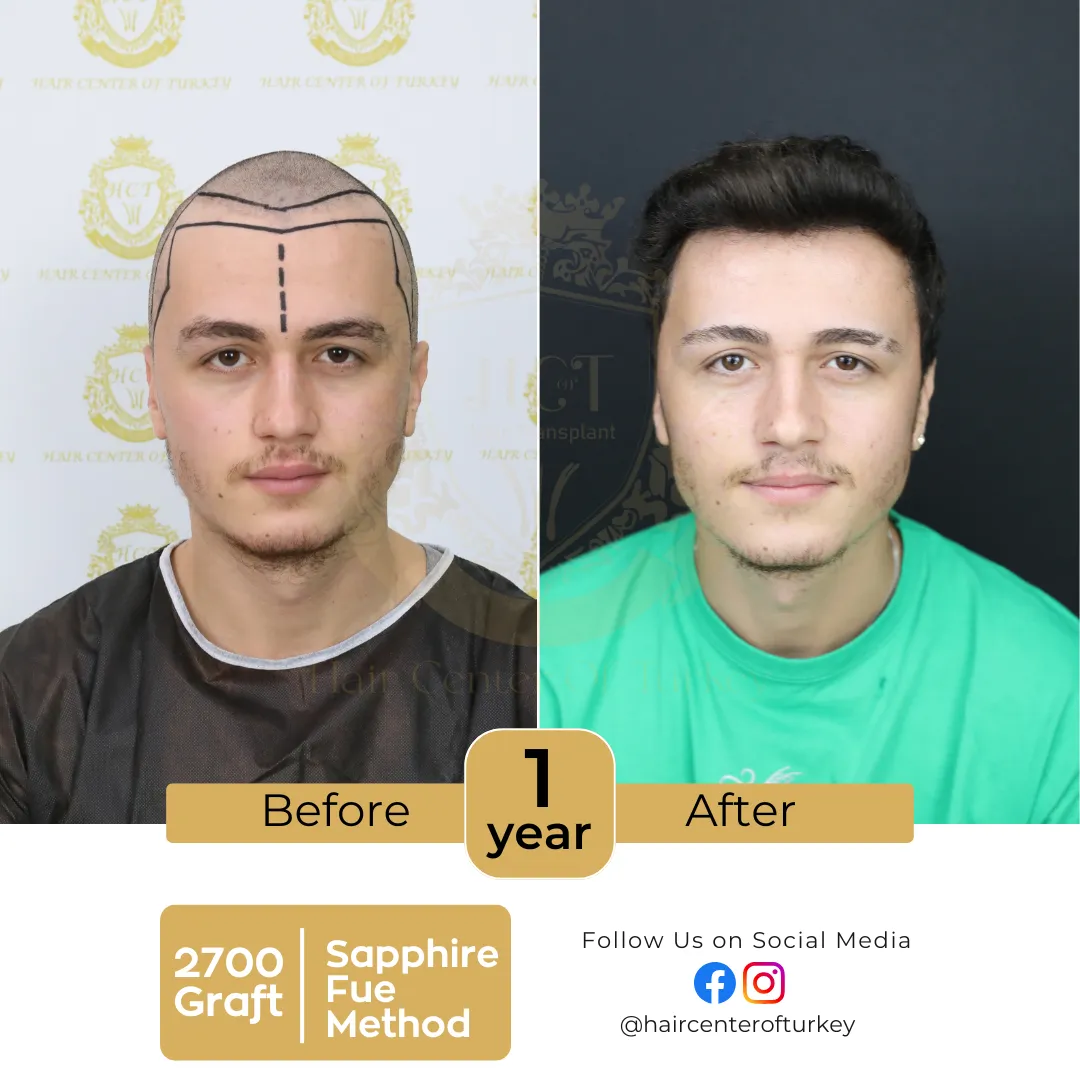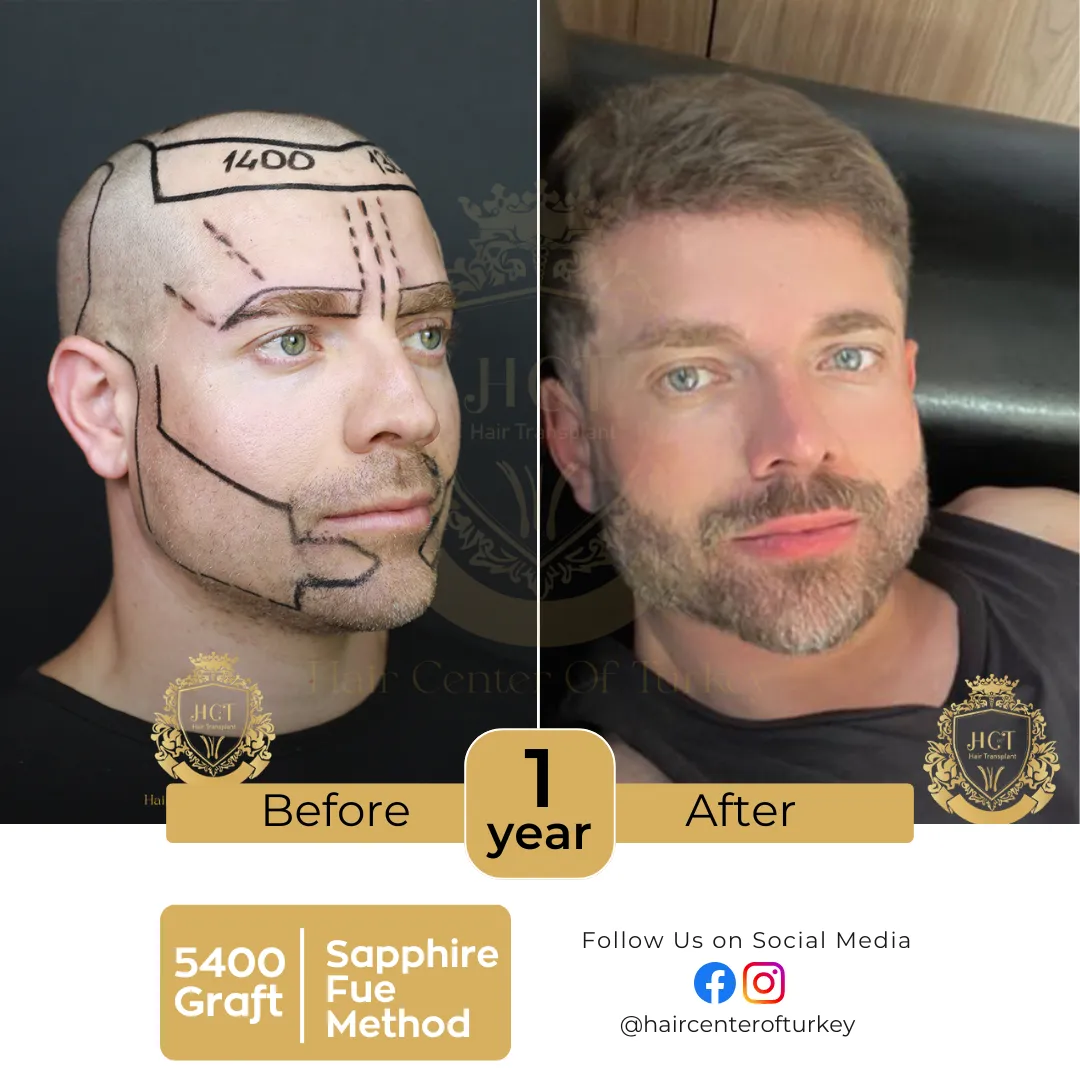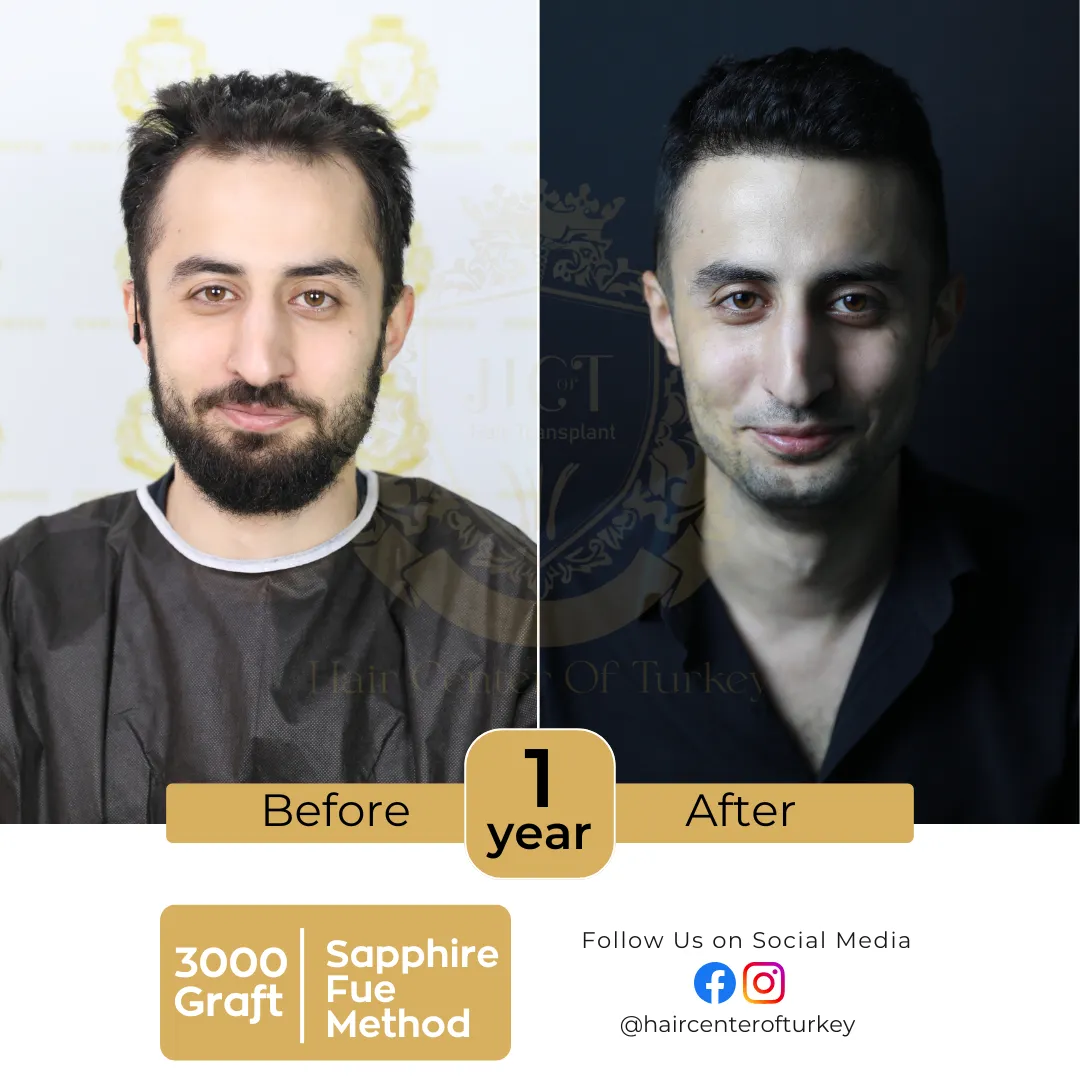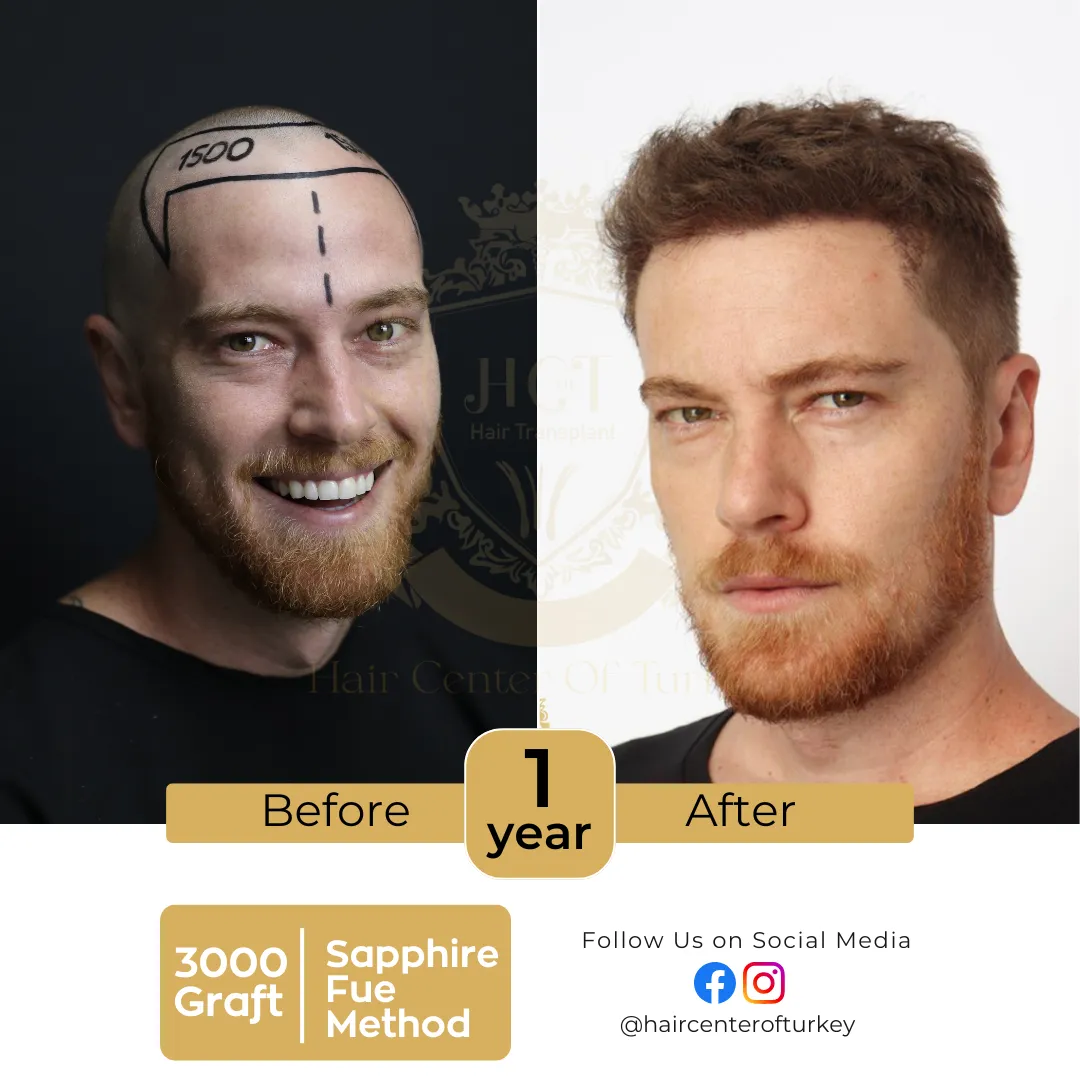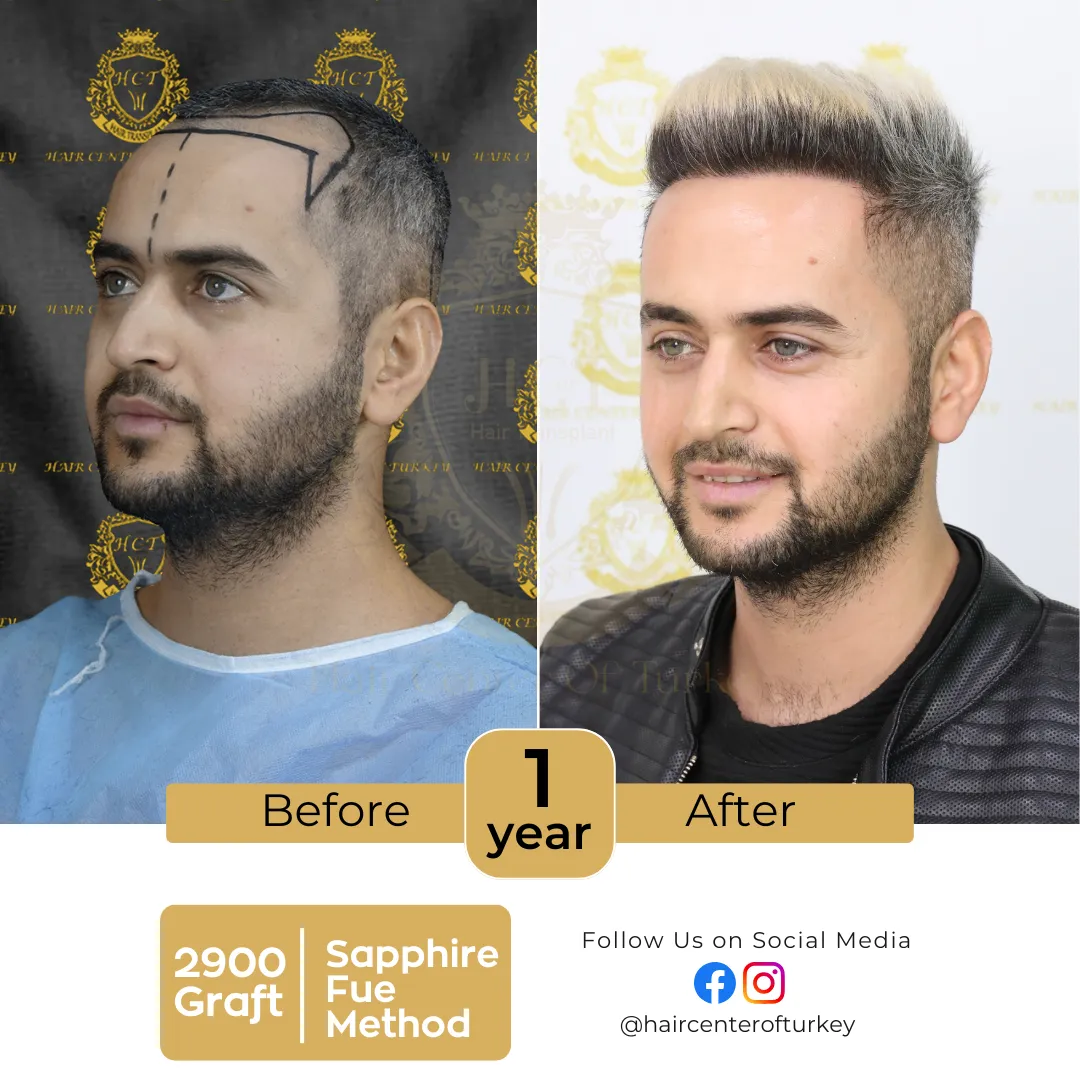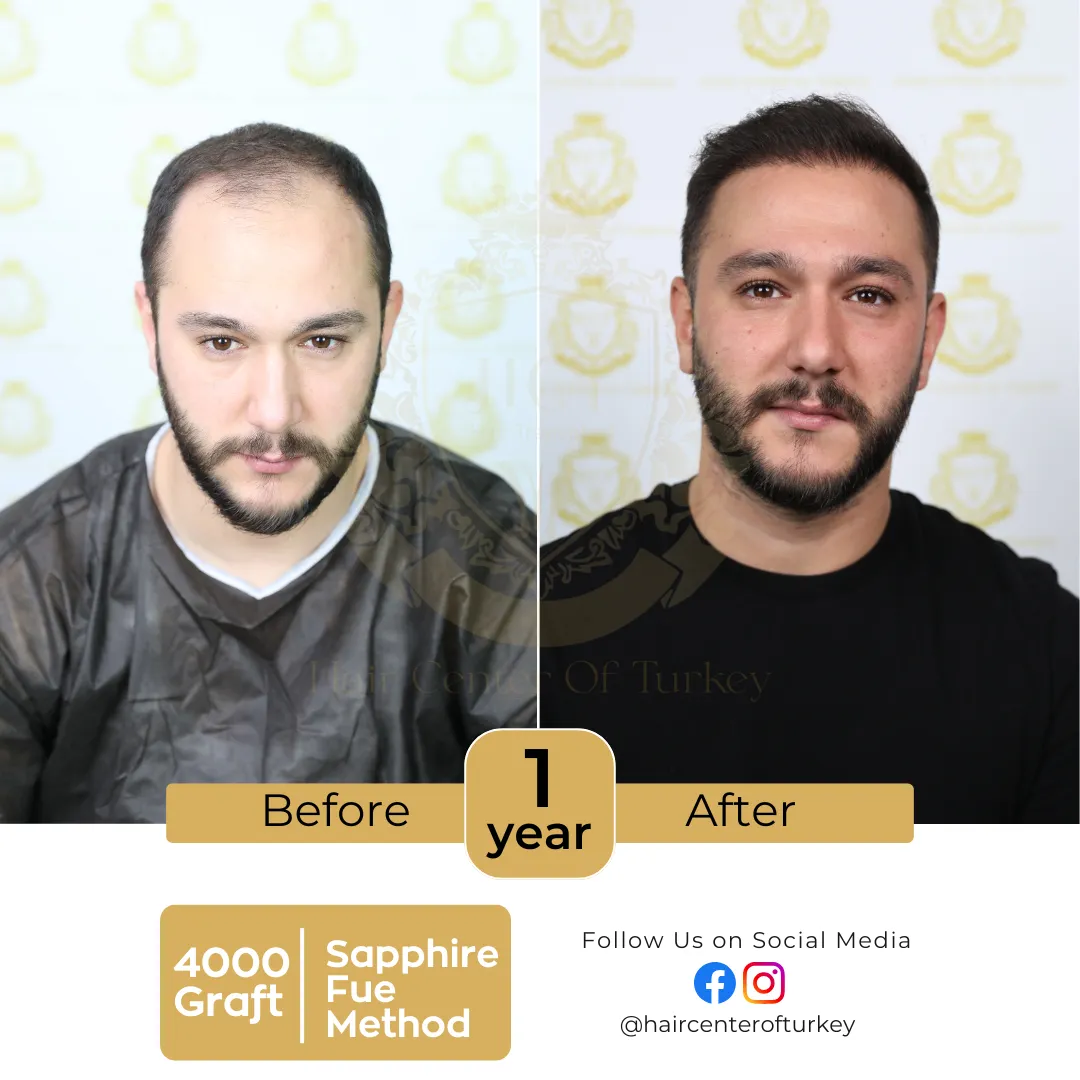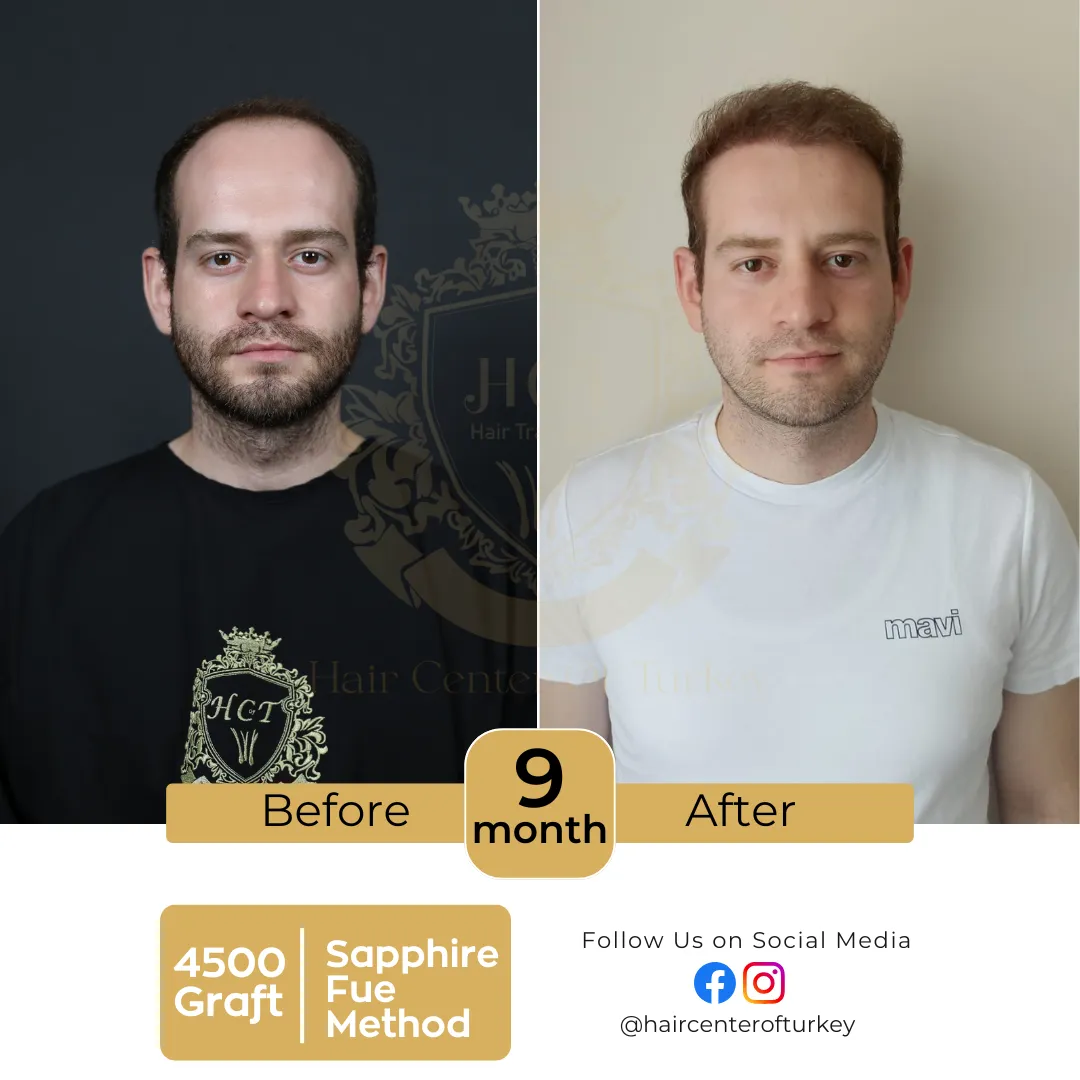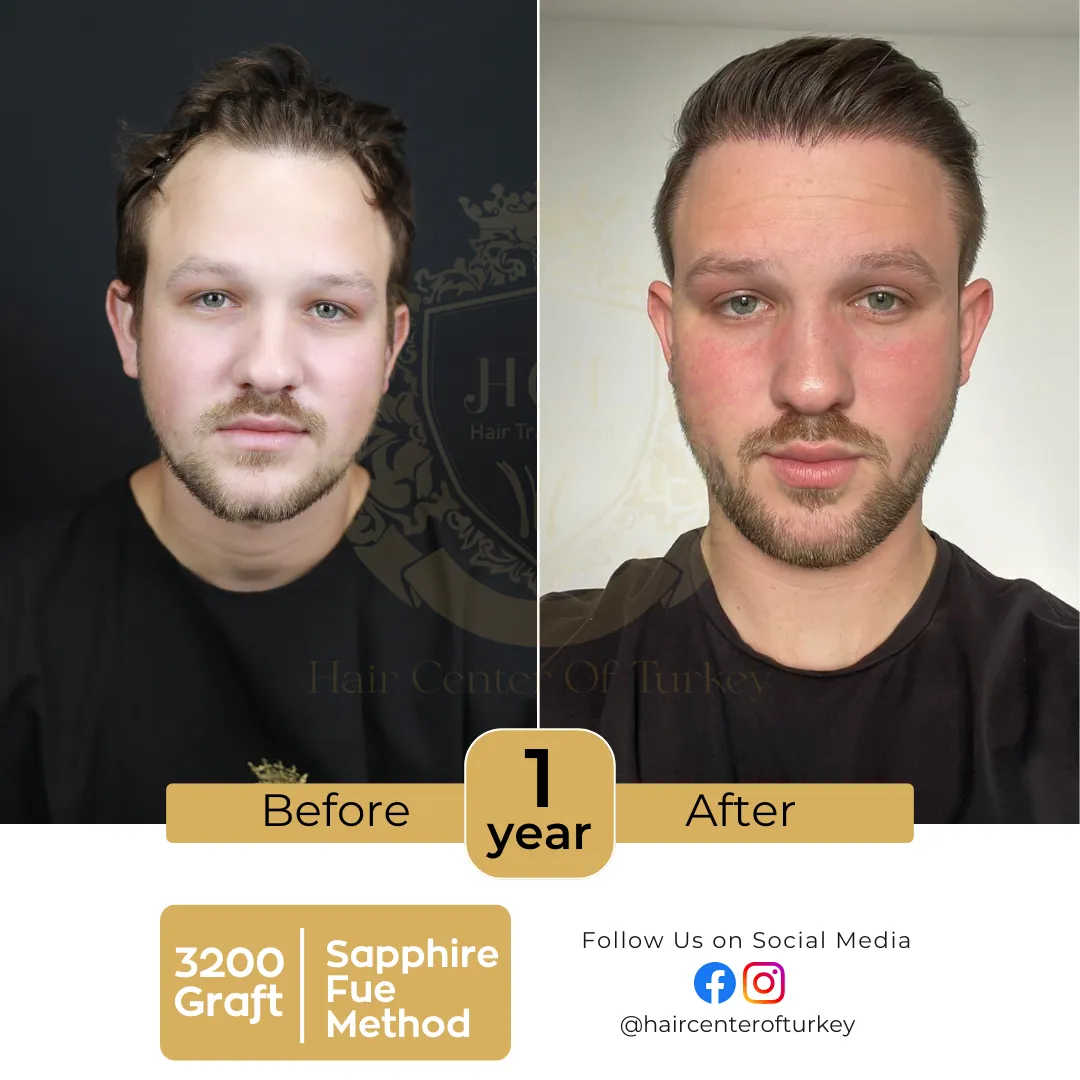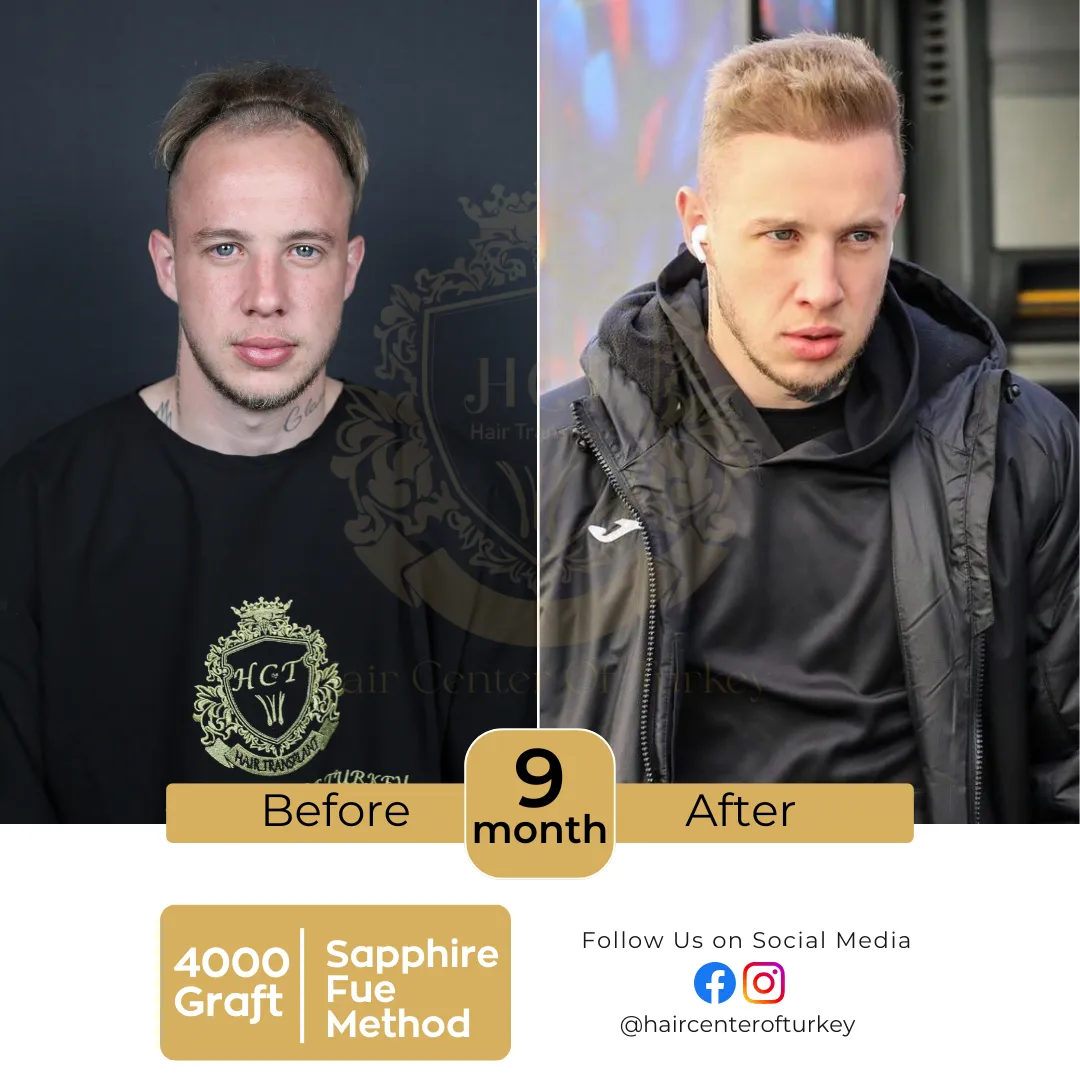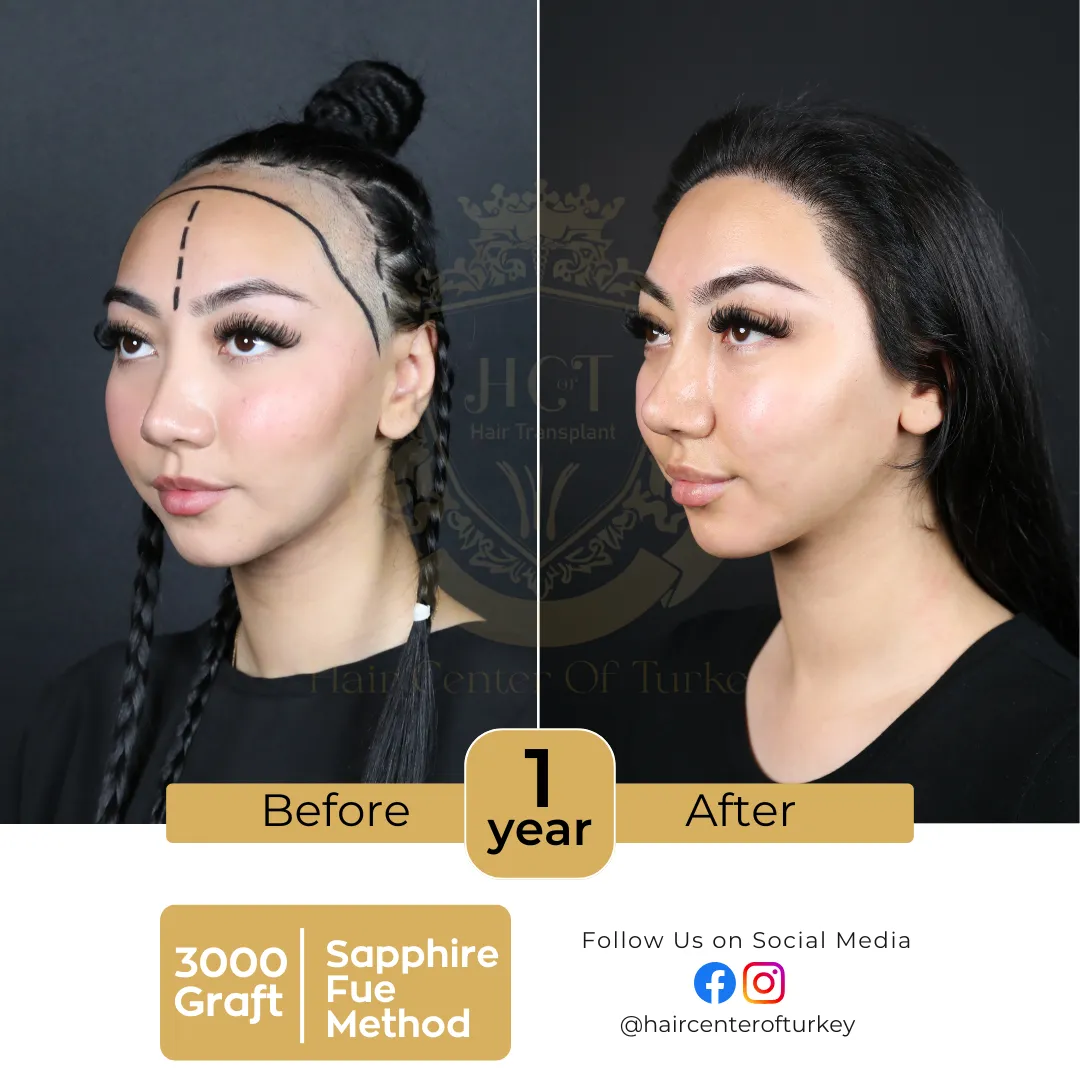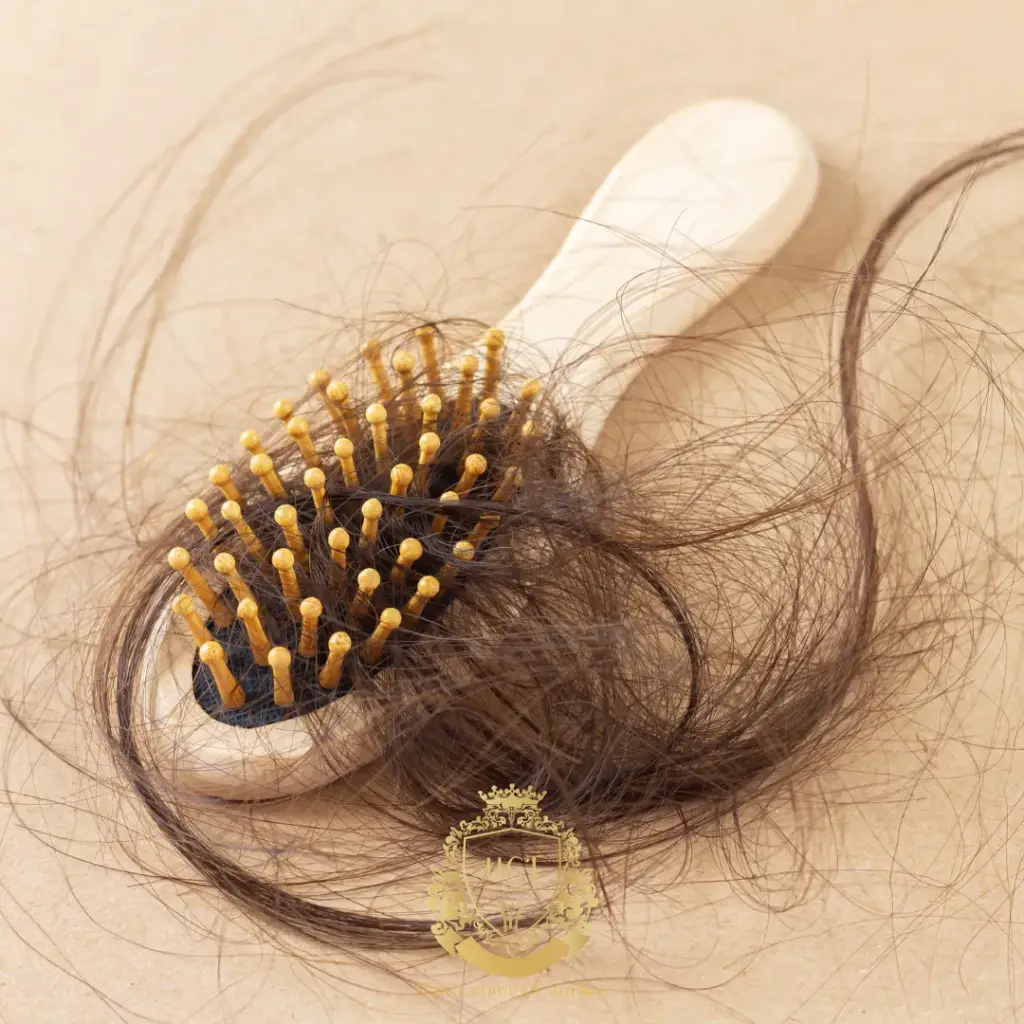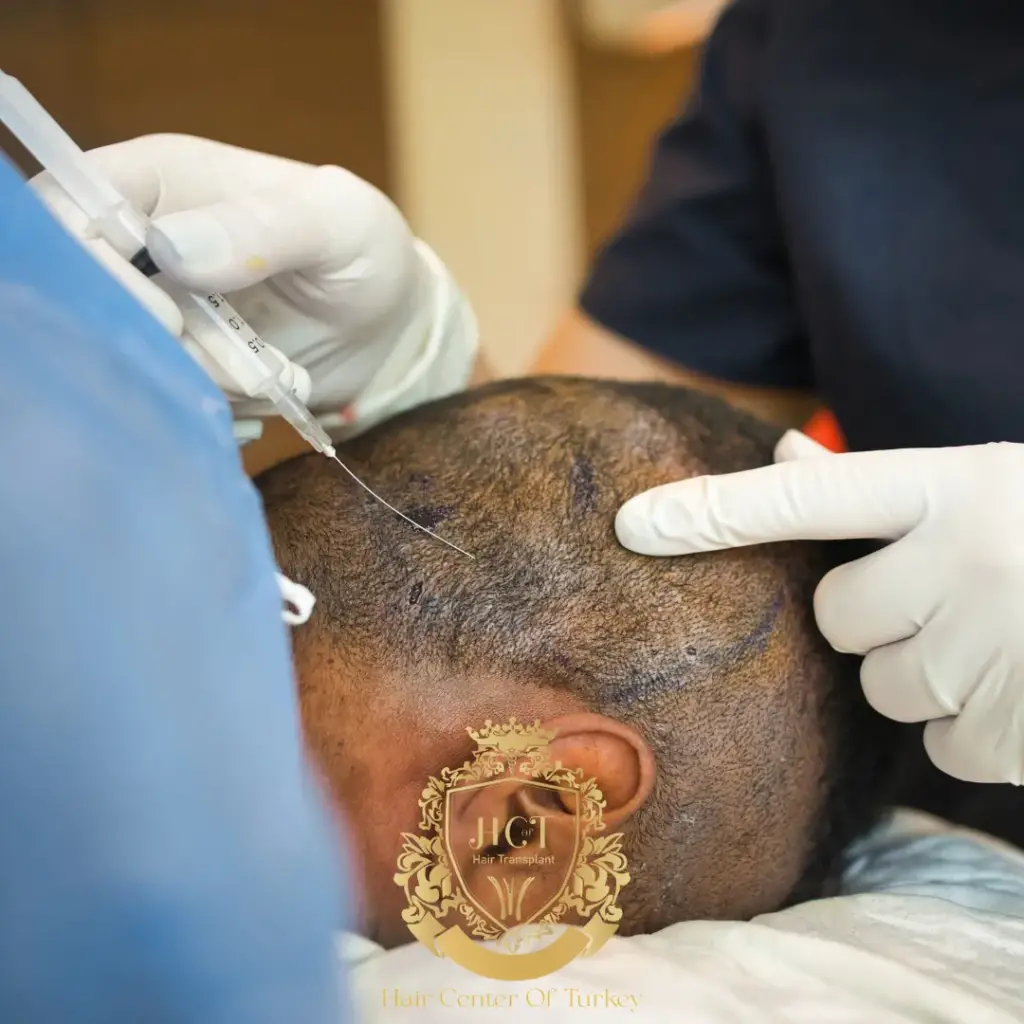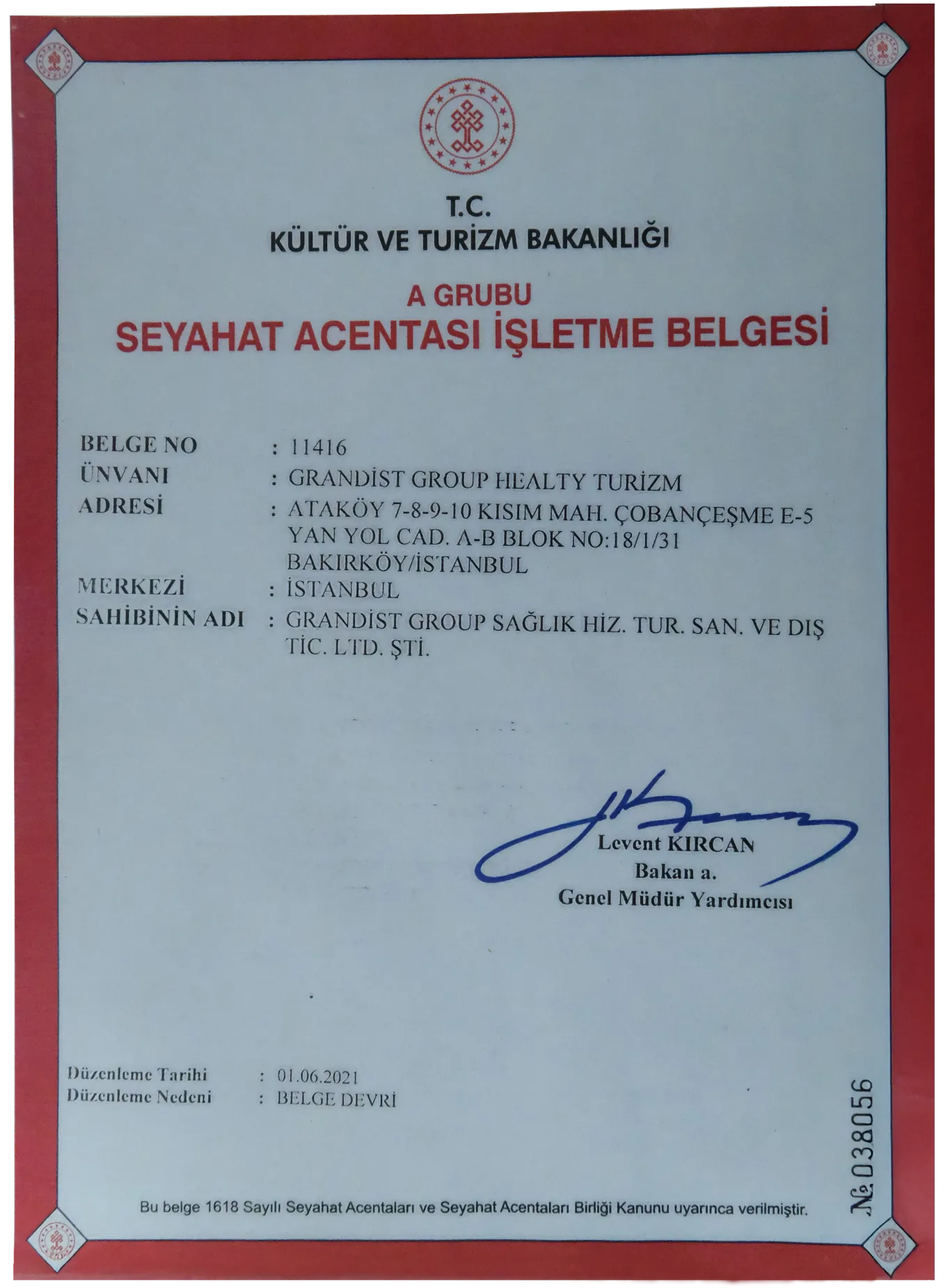What Are the Best Hair Transplant Techniques for Different Hair Loss Types?
Hair loss doesn’t come in just one form — it varies widely in pattern, cause, and severity. As a result, choosing the right hair transplant technique depends heavily on identifying the specific type of hair loss a patient is experiencing. The good news is that modern hair restoration offers multiple methods tailored to suit individual needs. In this article, we’ll explore the most common types of hair loss and recommend the most effective transplant techniques for each case.
Why Does the Type of Hair Loss Matter When Choosing a Technique?
Understanding the type of hair loss is crucial because not all hair transplant methods are equally effective for every condition. Some techniques are better suited for patchy or localized hair loss, while others excel in treating diffuse thinning or complete baldness. Choosing the right technique ensures better results, minimizes trauma to the scalp, and helps preserve donor hair.
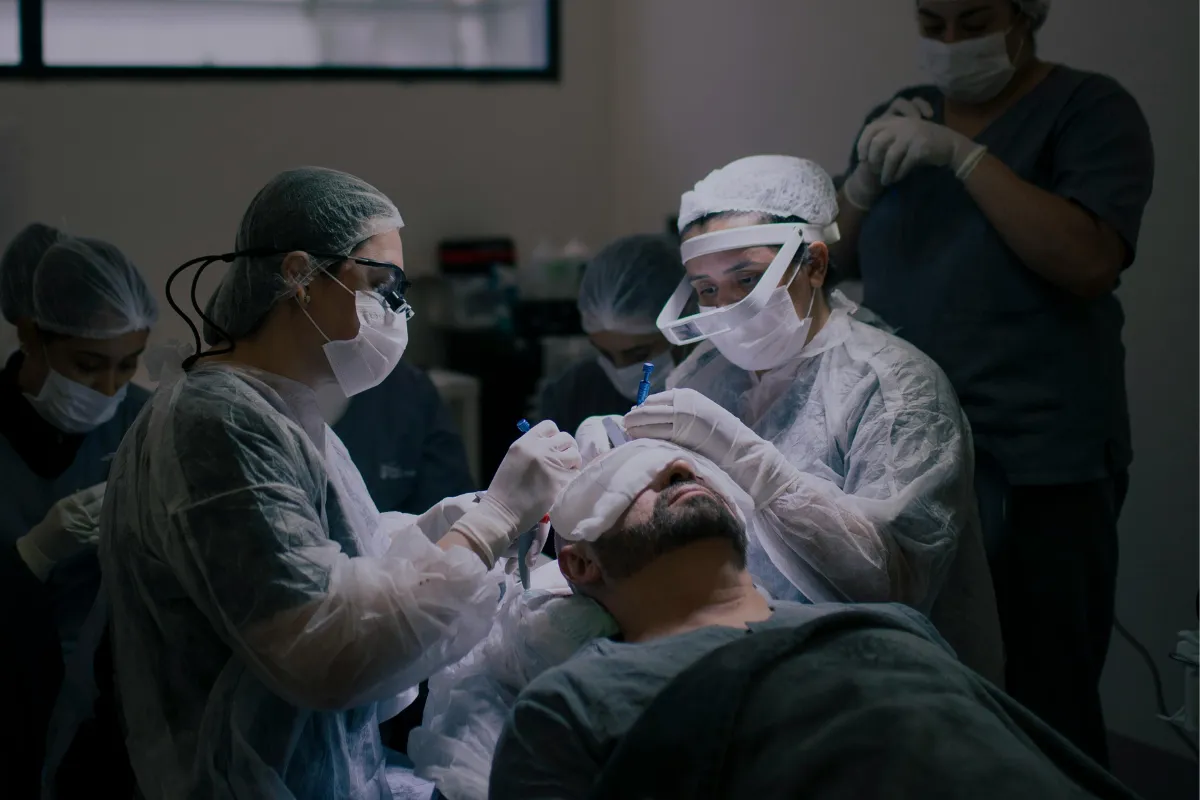
What Are the Most Common Types of Hair Loss?
Before choosing a method, it’s essential to know the most common types of hair loss:
- Androgenetic Alopecia (Male/Female Pattern Baldness): This is the most common type, characterized by a receding hairline or thinning crown in men, and diffuse thinning in women.
- Alopecia Areata: An autoimmune condition that causes patchy bald spots.
- Scarring Alopecia: Hair loss caused by inflammation that damages follicles permanently.
- Traction Alopecia: Caused by repeated tension from hairstyles that pull on the scalp.
- Telogen Effluvium: A temporary form of hair loss triggered by stress, illness, or hormonal shifts.
Each of these conditions requires a tailored treatment plan, which may or may not include surgical transplantation.
Which Techniques Work Best for Androgenetic Alopecia?
For patients with androgenetic alopecia — the most suitable candidates for hair transplants — both FUE (Follicular Unit Extraction) and DHI (Direct Hair Implantation) are effective options.
- FUE is ideal for those with moderate to advanced hair loss, especially when covering large areas. It involves extracting individual follicular units and implanting them in balding areas.
- DHI, a variation of FUE, is well-suited for patients who want more control over density and angle. It allows for direct implantation without creating recipient site incisions beforehand, which can preserve existing hair in partially thinning areas.
Is Hair Transplant Effective for Alopecia Areata?
Unfortunately, alopecia areata is unpredictable, and transplanting into these patches is generally not recommended unless the condition has been inactive for a long time. Even then, success rates can be inconsistent due to the autoimmune nature of the disease.
In these cases, non-surgical treatments like corticosteroids, PRP therapy, or immunosuppressants may be more effective until stability is confirmed.
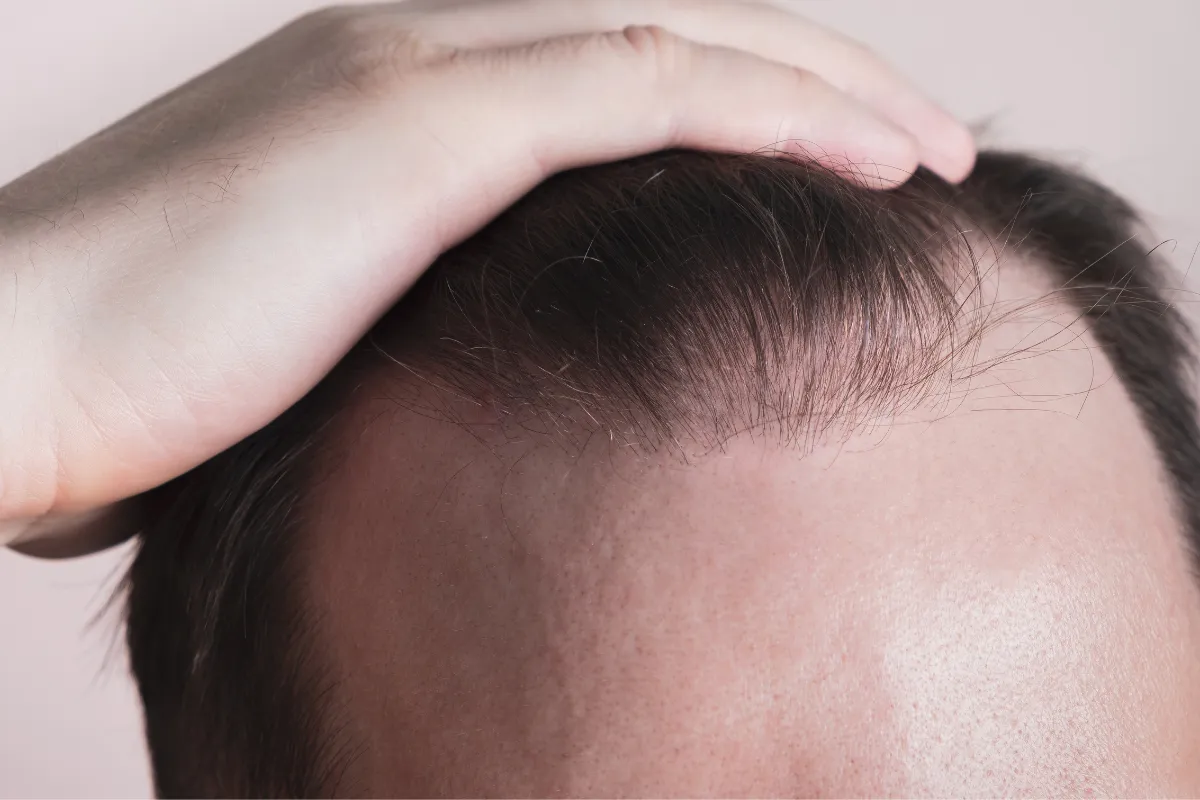
Can Scarring Alopecia Patients Get a Hair Transplant?
Yes, but with caution. Scarring alopecia creates permanent damage to the follicles and surrounding skin, often reducing blood supply in the affected area. Transplants may be possible once the inflammation is fully under control and the disease is no longer active.
FUE is typically preferred over FUT (Follicular Unit Transplantation) in these cases due to less trauma and a more targeted approach. However, success depends on an in-depth evaluation and biopsy before proceeding.
What About Traction Alopecia?
Traction alopecia, caused by prolonged tension from hairstyles like tight braids or ponytails, often affects the frontal hairline and temples. If diagnosed early, hair may regrow naturally once the tension is removed. However, in advanced cases where follicles are permanently damaged, hair transplantation can be very effective.
DHI is especially beneficial here, as it allows for high precision and natural hairline reconstruction. Since the loss is often localized, fewer grafts are needed, and recovery is relatively fast.
Is Telogen Effluvium Suitable for Hair Transplant?
Telogen effluvium is usually temporary and caused by factors like childbirth, severe stress, surgery, or nutritional deficiencies. Because the hair typically regrows on its own, hair transplant surgery is not recommended in these cases. Instead, identifying and treating the root cause (like hormonal imbalance or iron deficiency) is the best course of action.
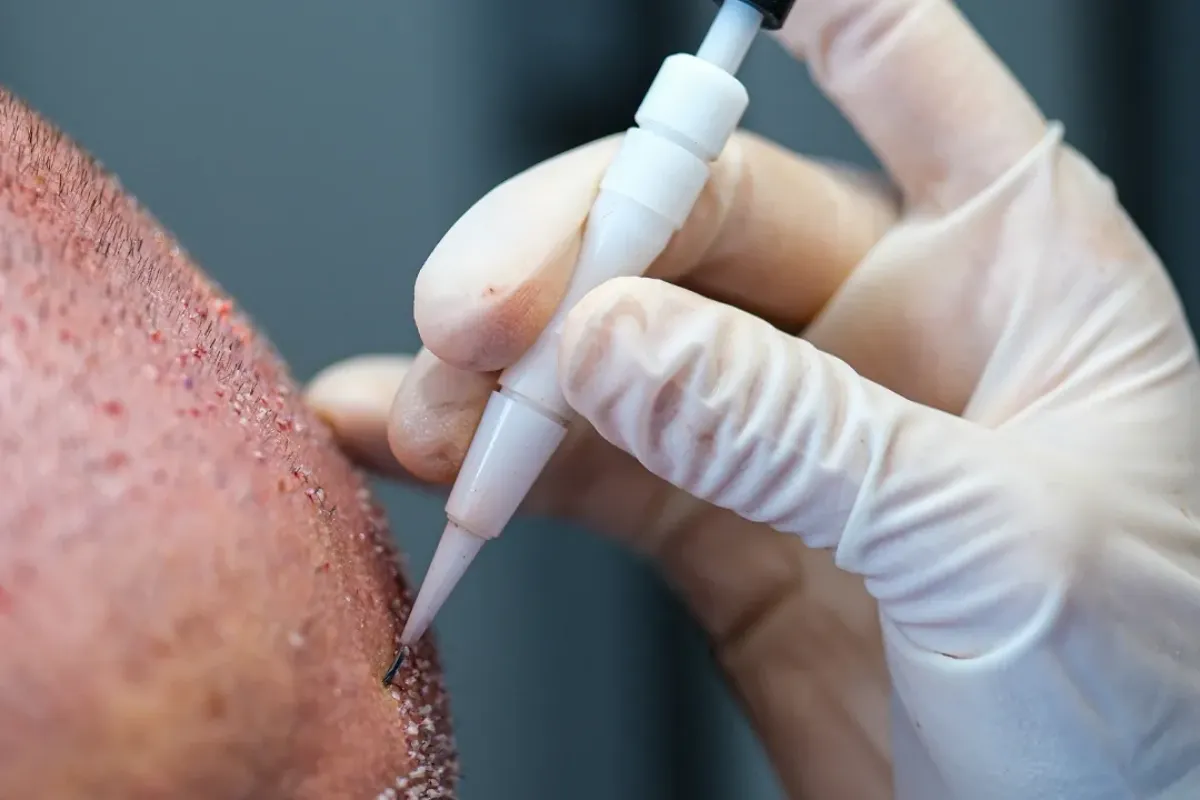
Can Women Benefit from Hair Transplants for Diffuse Thinning?
Women with female pattern hair loss (diffuse thinning) may benefit from DHI, which allows for implantation between existing hairs without shaving the head. This technique ensures minimal disruption to the natural hair and provides a fuller appearance with strategic placement of grafts.
However, it’s crucial to confirm the donor area is strong and that the thinning is not caused by an underlying medical condition like thyroid disease or hormonal imbalance.
Are There Any Alternatives to Hair Transplantation?
Yes. While hair transplants offer a permanent solution, they aren’t the best fit for everyone. Alternatives include:
- Medications like minoxidil or finasteride
- Low-level laser therapy (LLLT)
- PRP (Platelet-Rich Plasma) therapy
- Scalp micropigmentation
- Hair fibers or cosmetic concealers
These non-surgical options can delay hair loss, improve density, or enhance the appearance of thinning hair.



